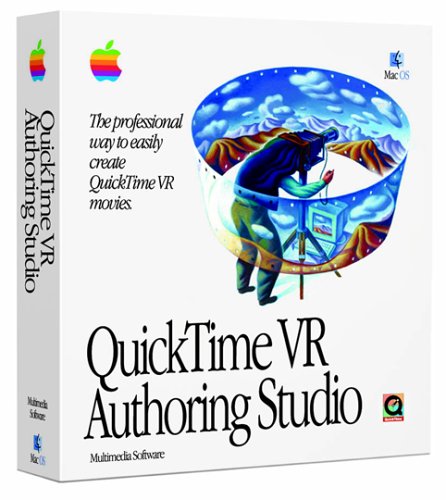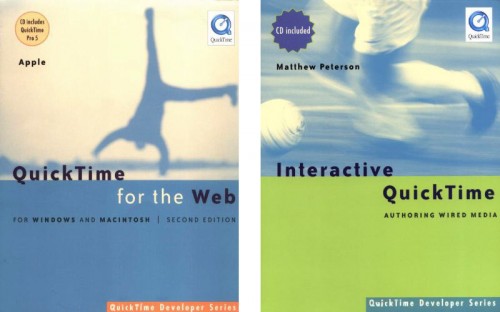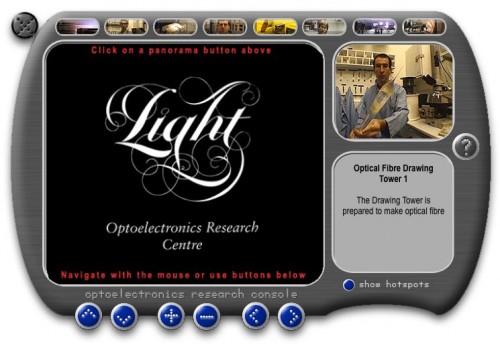At the age of 15 I started attending the Southport Film Guild. In those days a a Film Guild was a members club which could show non certificated films and usually specialised in older historic movies and a wide range of subtitled foreign films. These films were usually unavailable to be seen elsewhere, remember there were only 3 television channels available, and certainly no video players. Thus I saw many early Russian classics like Battleship Potemkin and a great selection of Bergman films at a young age. The films were divided into 2 categories, the standard screening and the focus group, alternating every fortnight during the season. The focus group tended to show subtitled foreign films of an arthouse nature, and this was followed by a discussion. For me there was an undeniable thrill at being able to watch X Rated movies, as well as just to feel like an adult who had one over his peer group. It is more than likely I should not have been allowed to join the Film Guild due to my age, but after all my father was the Treasurer.
Entering the Atkinson Art Gallery, opened in 1878, you went past the Library up a classic curved Victorian staircase, lined with paintings, to a large landing with a few sculptures and more paintings. Tea, coffee and maybe wine were often served here. Adjoining this was the main gallery, filled with large dark oil paintings, from another century. This gallery, the main exhibition space, was spacious and vaulted giving it a classical grandeur. There was a funny triangular plywood projection booth, which could be folded up, set up at the back of the gallery. However you could still hear the Rank Aldis 16mm film projector clattering away inside it. The screen, which seemed quite large at the time, was also foldable and portable. The stacking chairs were laid out beforehand in 2 classic blocks with an aisle down the middle, and I would guess could accommodate about 100 people. You didn’t want to sit at the back since there was no rake on the flat floor. Obviously the cinema had to be returned to its normal function as an Art Gallery after the show. Watching exclusive and unusual films in a darkened art gallery certainly heightened the experience, a feeling of both reverence and breaking boundaries were inculcated. It felt like a privilege to be there.
I presume due to the excellent programming and the seriousness of the focus group Southport Film Guild became “Film Society of the Year 1970”. This was a major coup for the Film Guild which was established in 1966, particularly since the British Federation of Film Societies had only just been formed, so the SFG were the very first to win the award. Rather greedily the Film Guild entered the competiton again in 1973, but not surprisingly did not win this time. To give you some idea of the films that were shown I have to rely on my memory and that of my good friend Jonathan Purday. There was certainly a season of the French New Wave – Jules et Jim, Une Femme Mariée, Alphaville, Last Year at Marienbad, then the political classics – Z directed by Costa-Gavras and If…. by Lindsay Anderson. More unusual and unsettling were Deep End directed by Jerzy Skolimowski and The Saragossa Manuscript by Wojciech Has. It was a true education in art cinema, which I presumed to be commonplace, yet when I met some of the critics at Empire magazine in the 80s I was shocked to discover they had not seen most of the films listed above.
As well as the actual movies, the Film Guild presented interviews with famous film personalities. The most memorable for me was John Trevelyan, CBE (1903–1986) who was Secretary of the British Board of Film Censors. He looked like a wizened old Victorian, but turned out to be a very dry and witty man, he loved art movies, and is known for protecting the Ken Russell film Women in Love and Andy Warhol’s Flesh. I also got to see some X rated clips that night, so I felt it was all very worthwhile. Other notable visits were from Glenda Jackson (the aforementioned Women in Love had been shown) and Dame Janet Suzman. It still seemed odd to me that these famous people would bother to visit Southport. I had a non-parochial mindset, I just wanted to be in London, where I thought it was all happening.
Unfortunately I do not have any of the original programmes, but they are available at The Christopher Roby Archive of Film Texts, located at Edge Hill University in Ormskirk. Christopher Roby was a remarkable man who had the gall to suggest that Southport should become the hub for all film history. I was offered a research job under the Youth Opportunities Programme, but I thought this was ridiculous, just who did we think we were, trying to compete with London’s British Film Institute, never mind Hollywood itself. Hence I turned the offer down. Chris had the last laugh, receiving funding from the Merseyside Arts Association, Sefton Library and Arts Services and Granada Television. Thus the Southport Film Guild Archive became the Contemporary Cinema Archive, leading to a two day conference, Archiving the Cinema, at Edge Hill in 2003, where the Archive is now stored.
The Film Guild continued until 2019, although I am sure it was a different beast by then, since the Southport Arts Centre had opened next door in 1974, and then both buildings became The Atkinson in 2014. In any case there is now the Southport Bijou Cinema round the corner, with a proper raked auditorium showing classics old and new, independent films and dynamic world cinema.
Nevertheless the excitement of seeing such films as Bergman’s The Seventh Seal in an ancient dark art gallery has never left me.

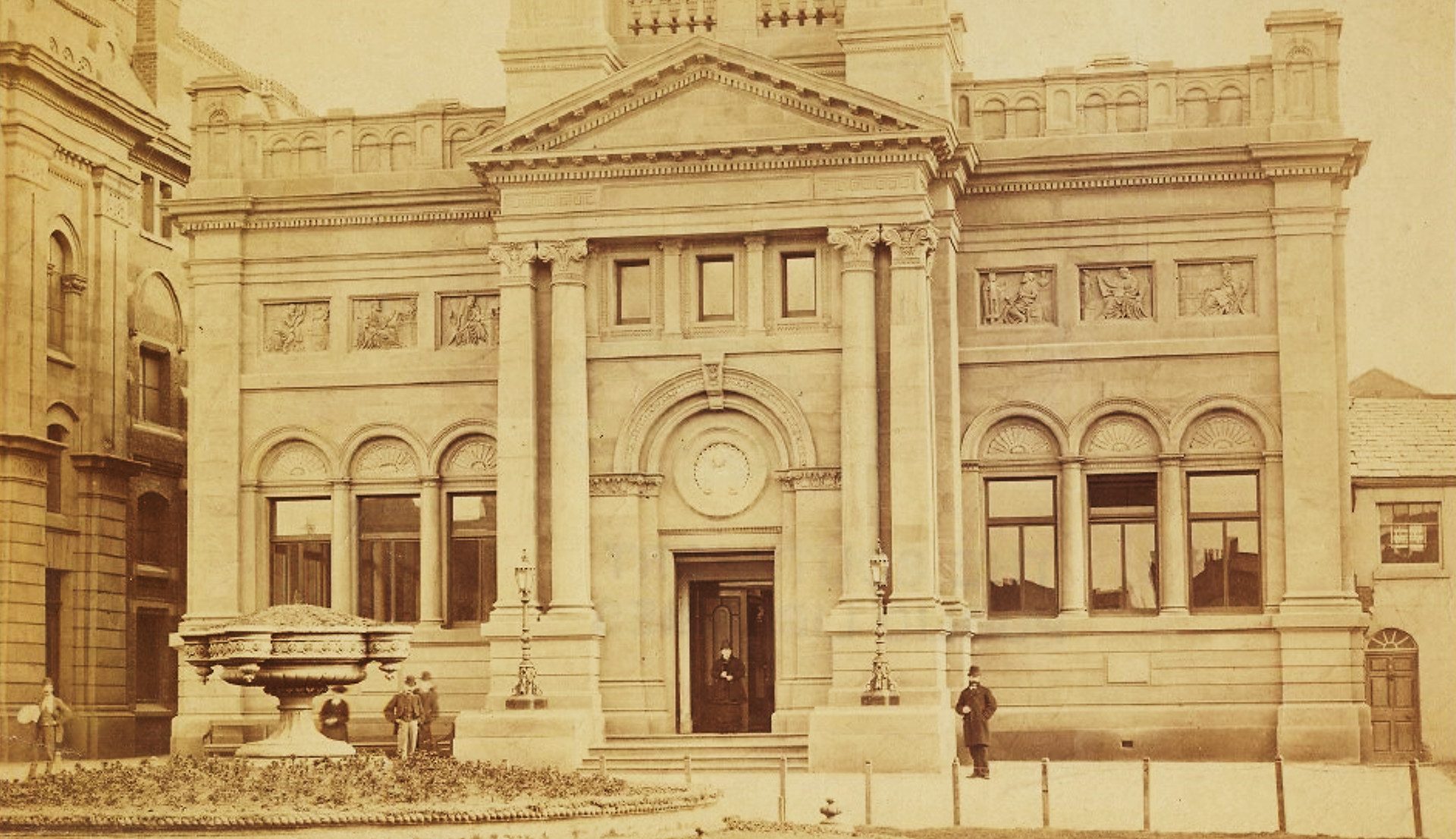
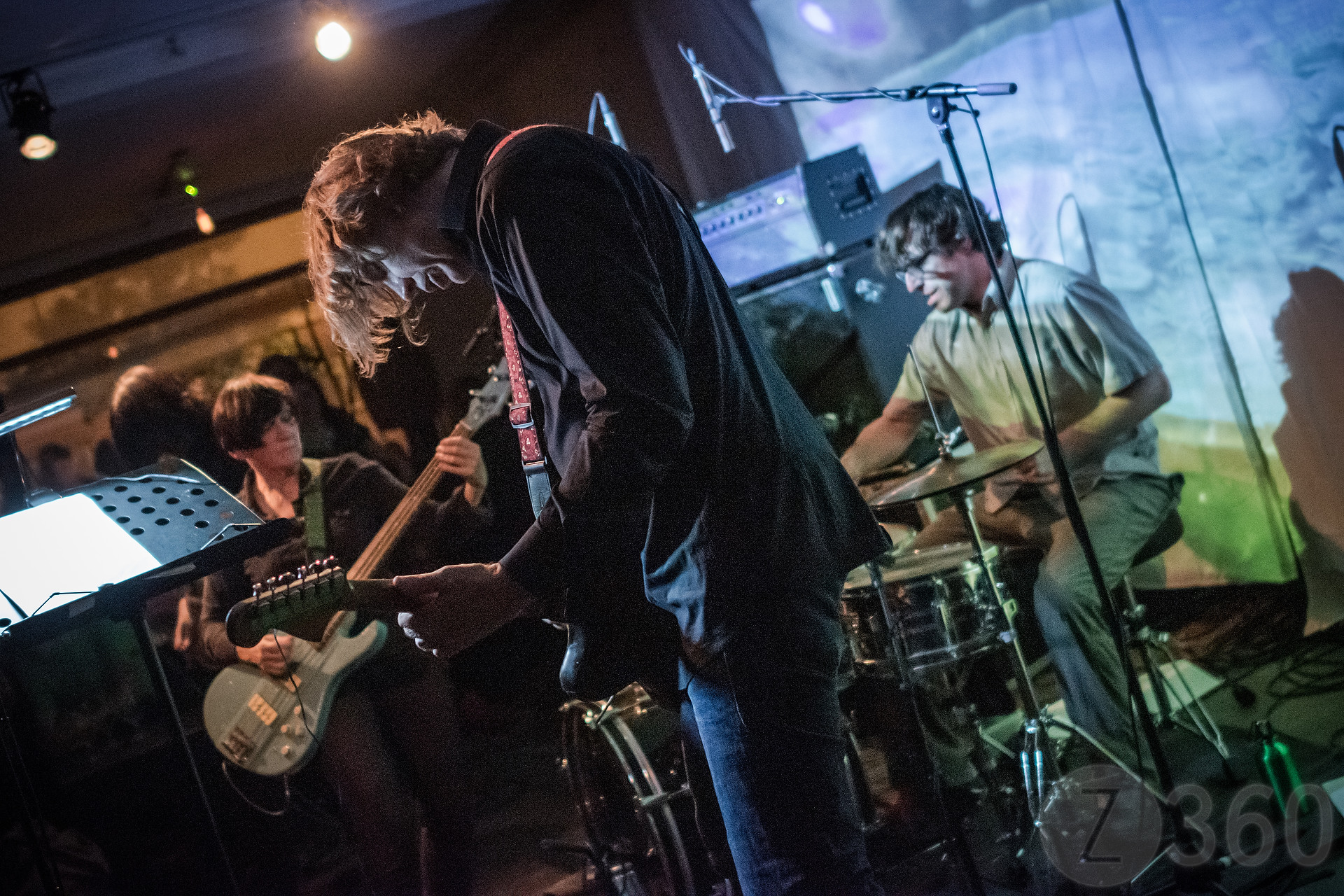
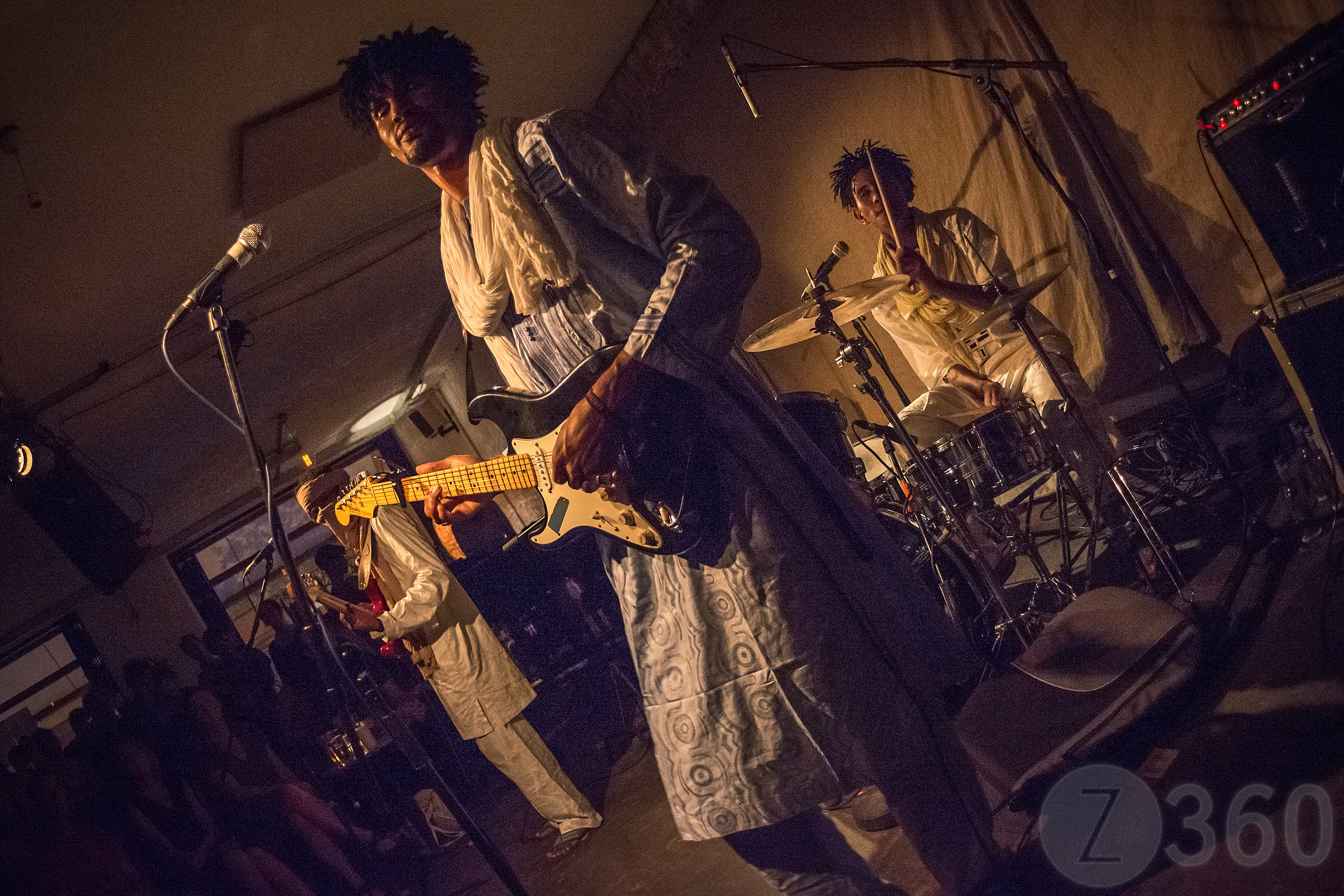
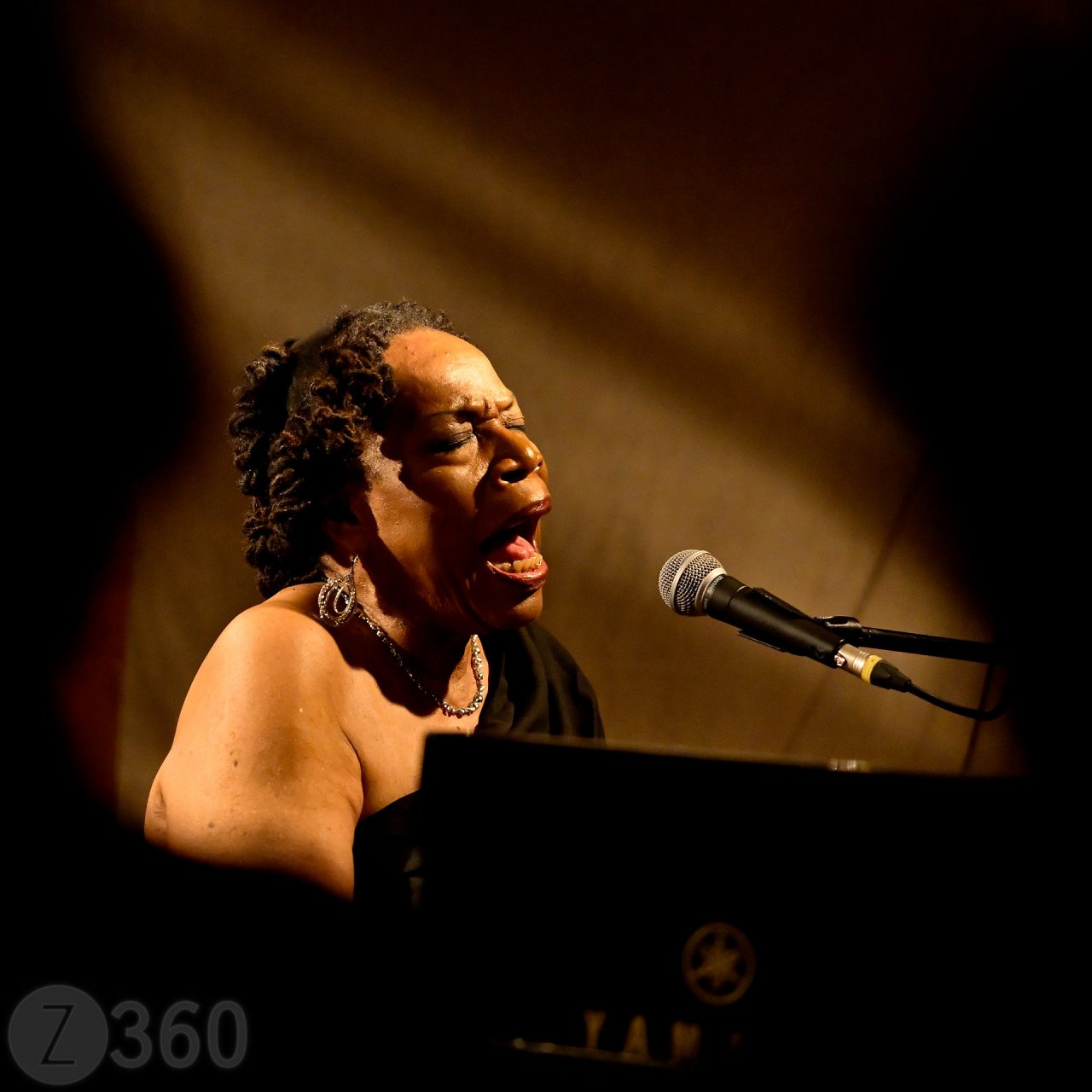
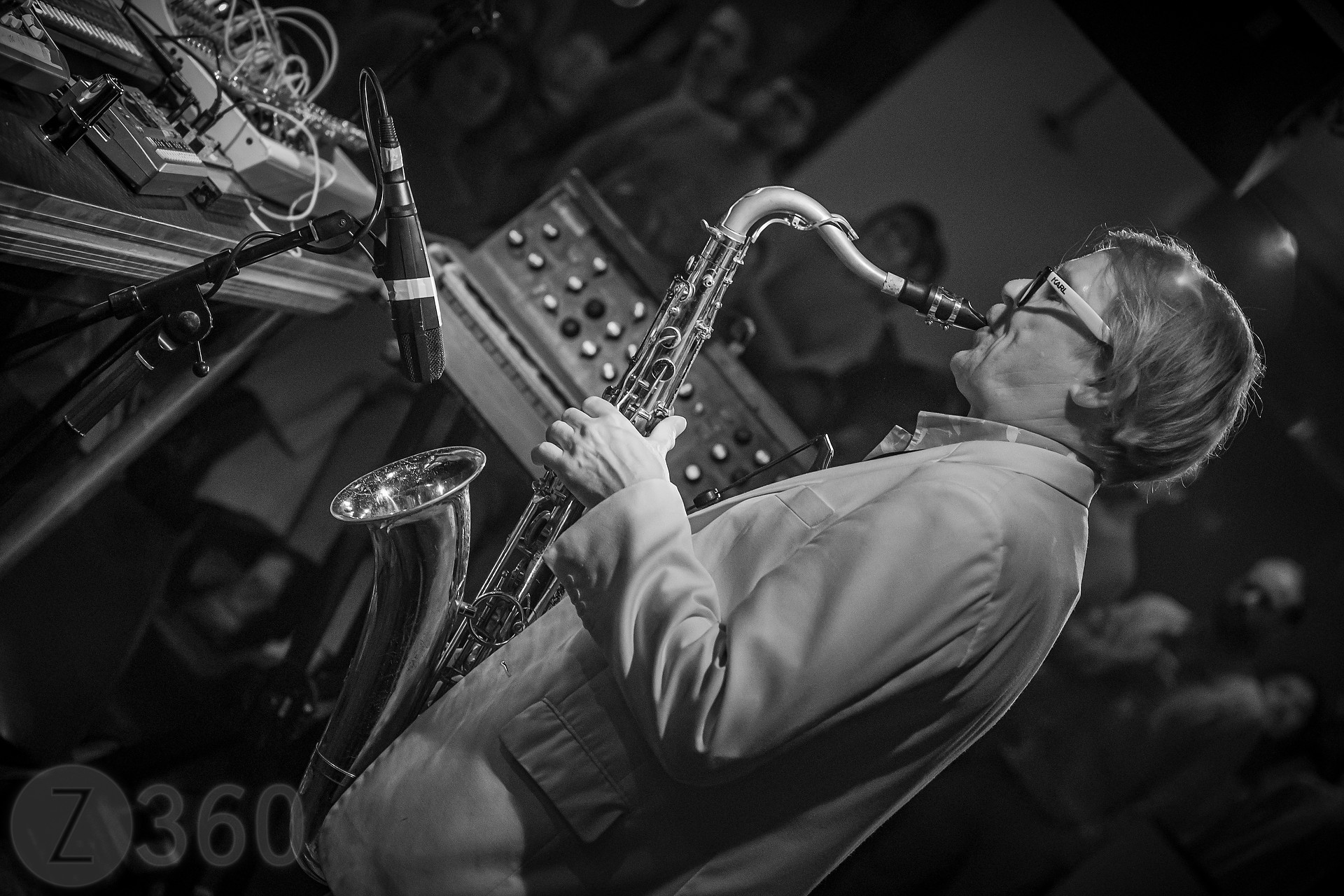
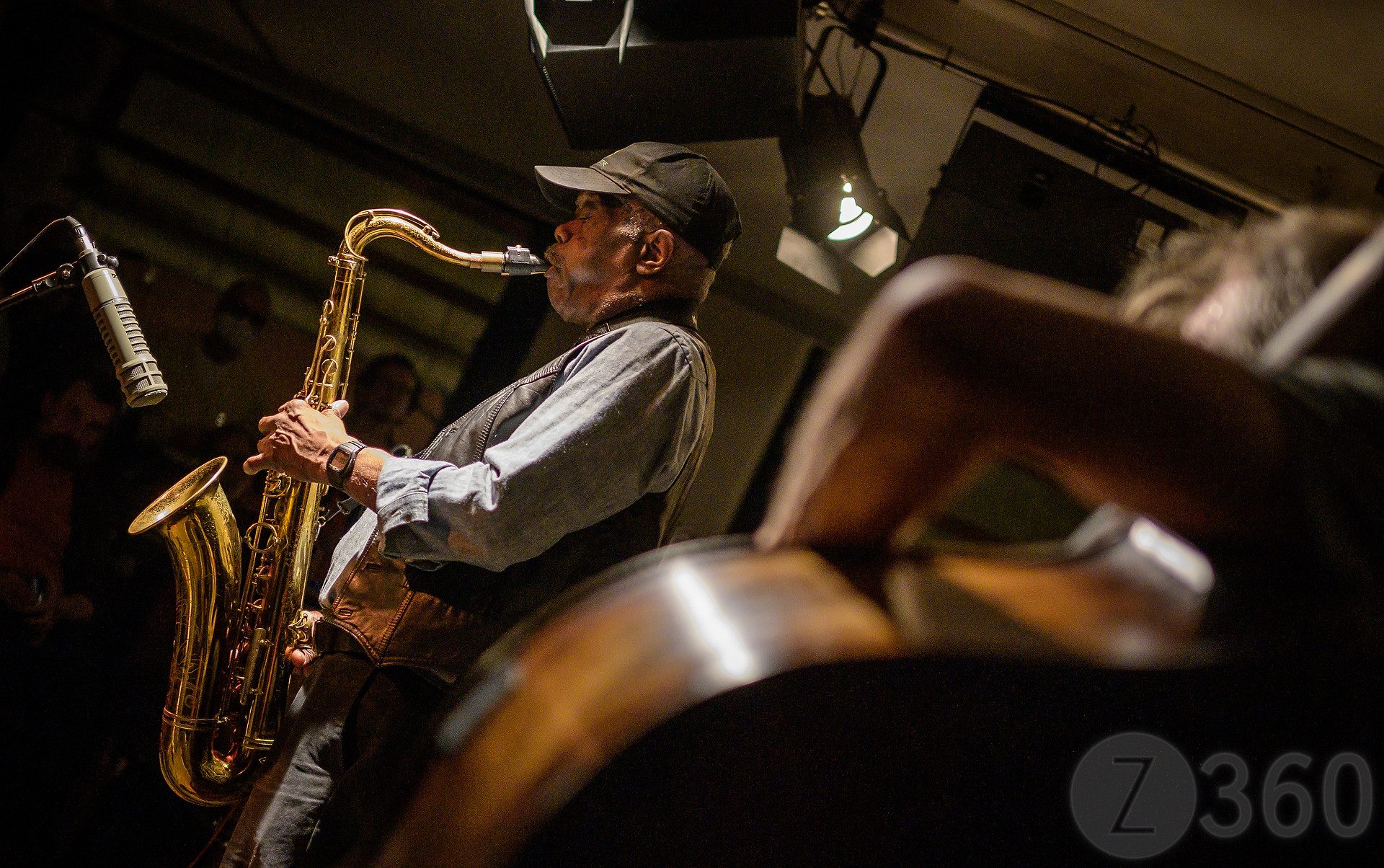
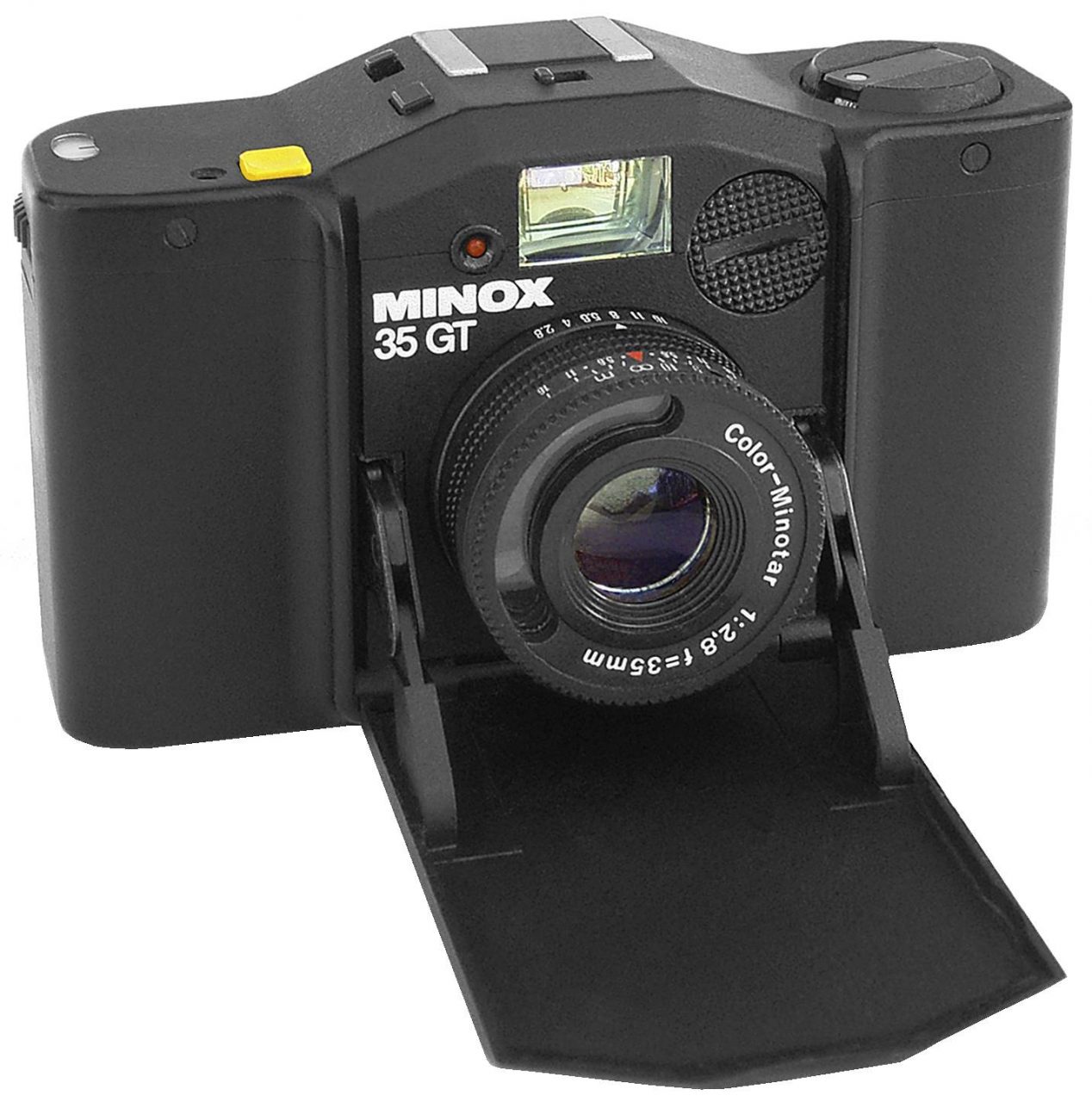
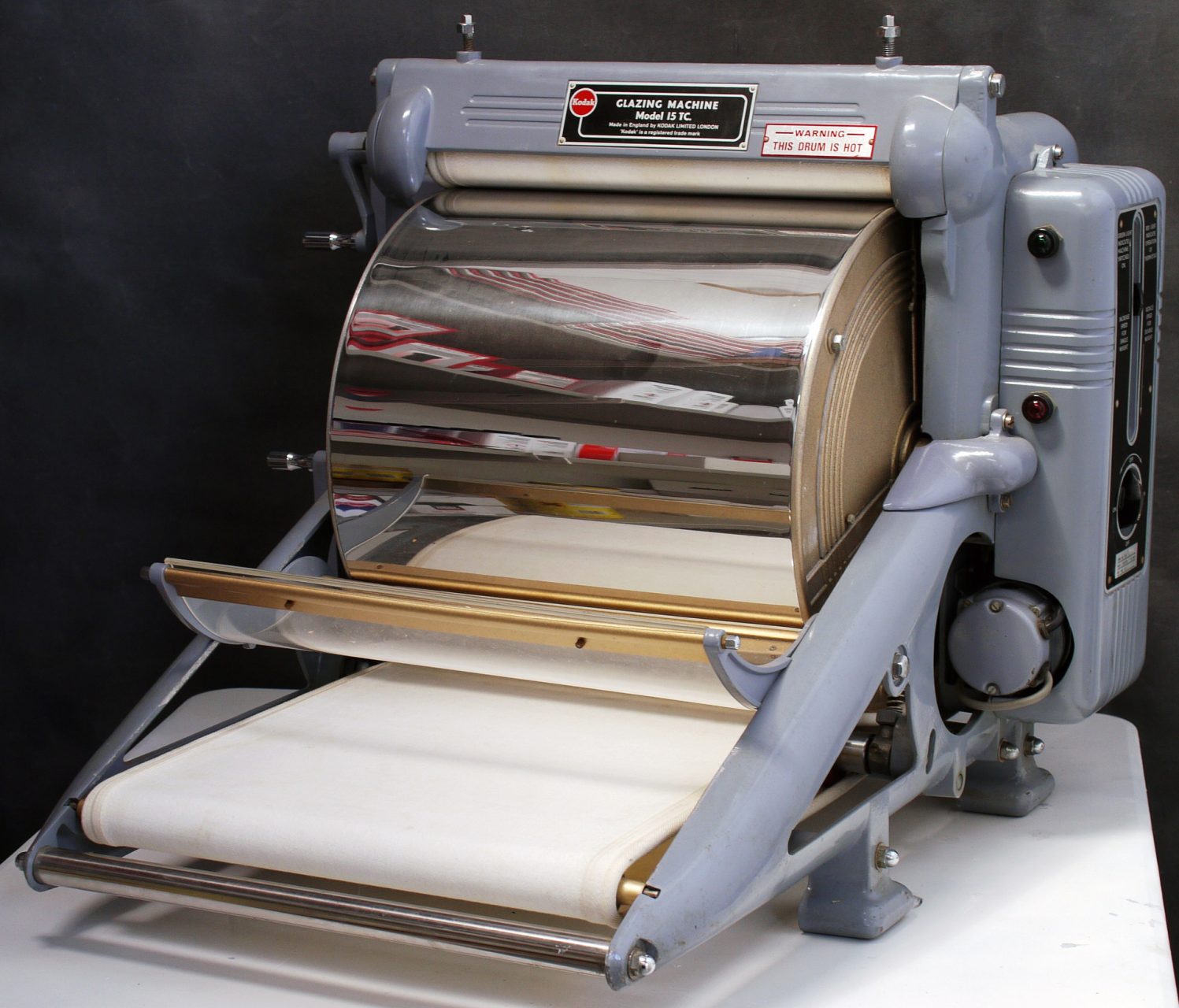
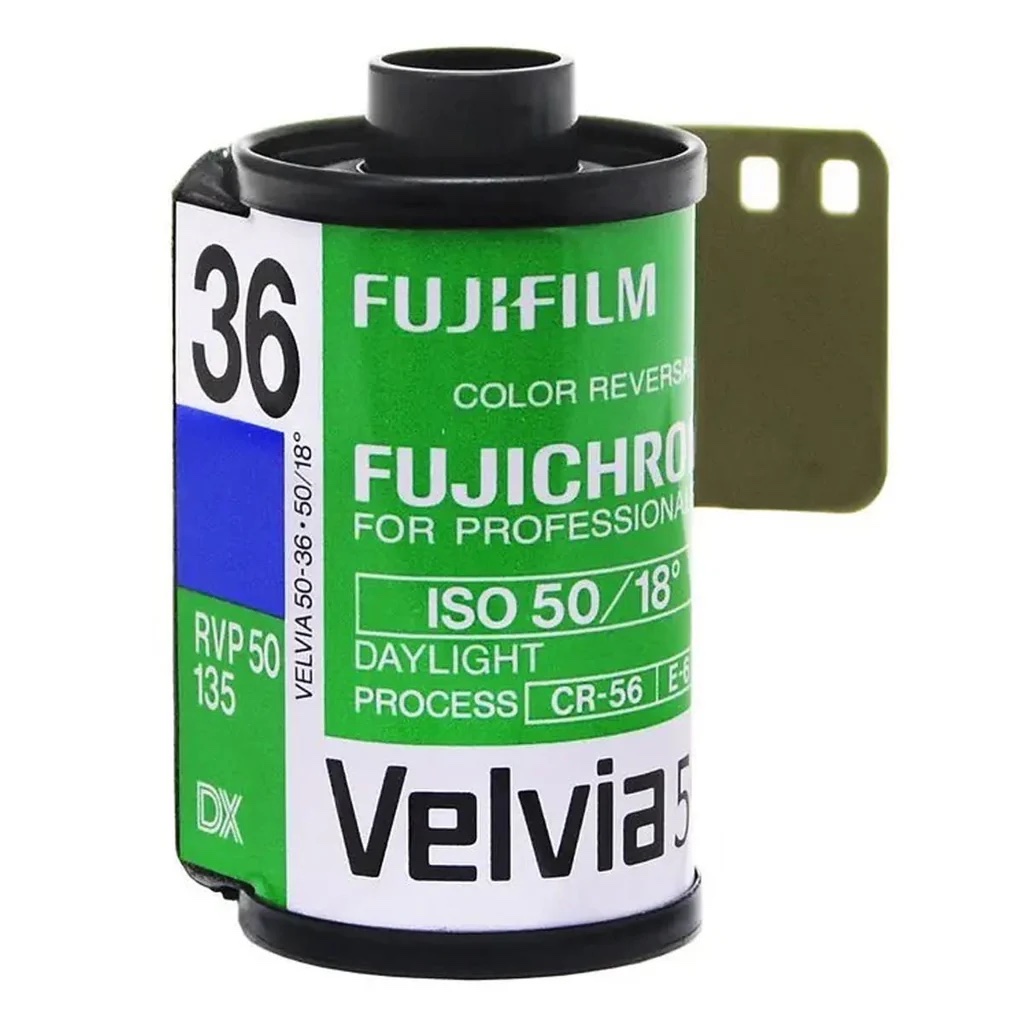
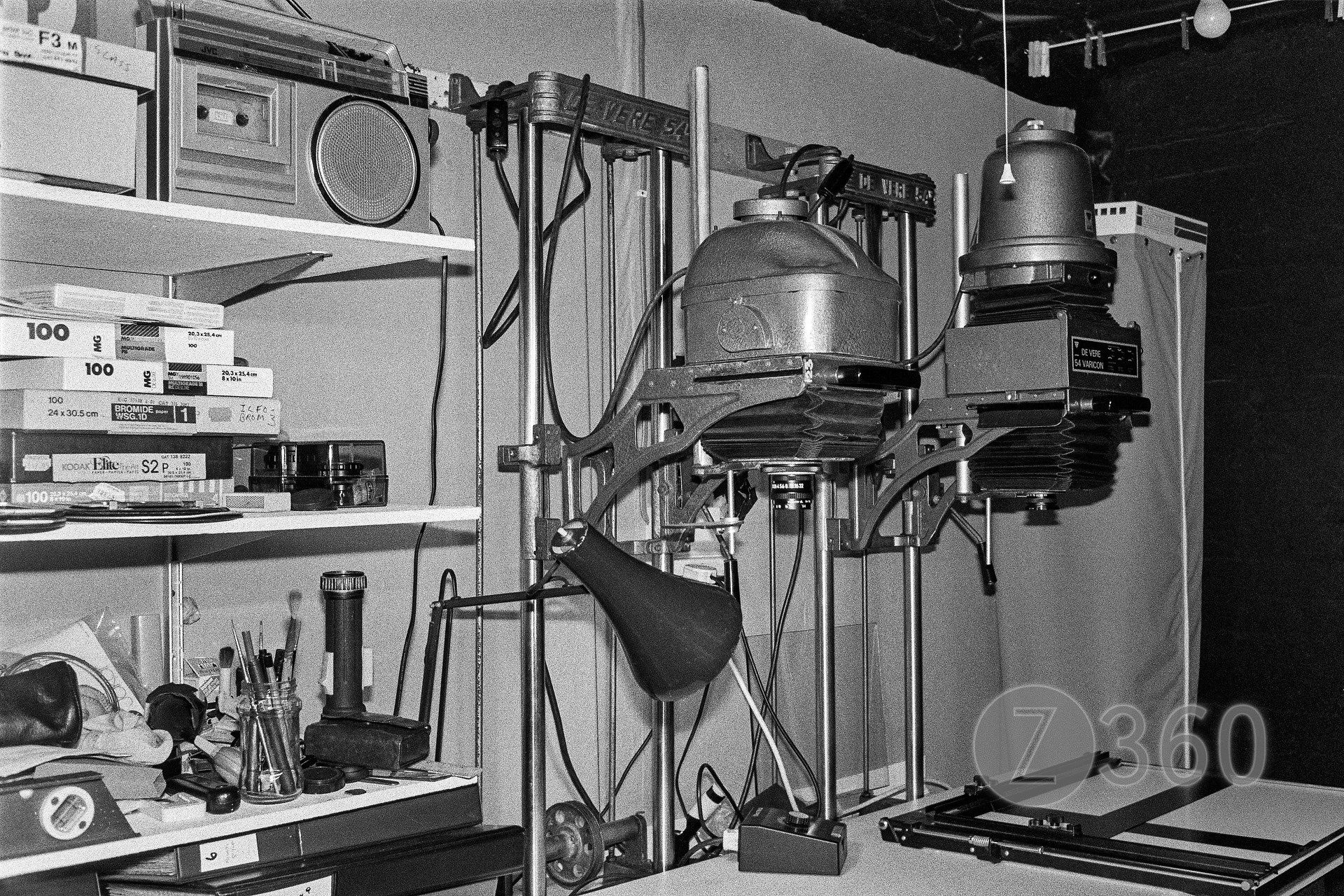
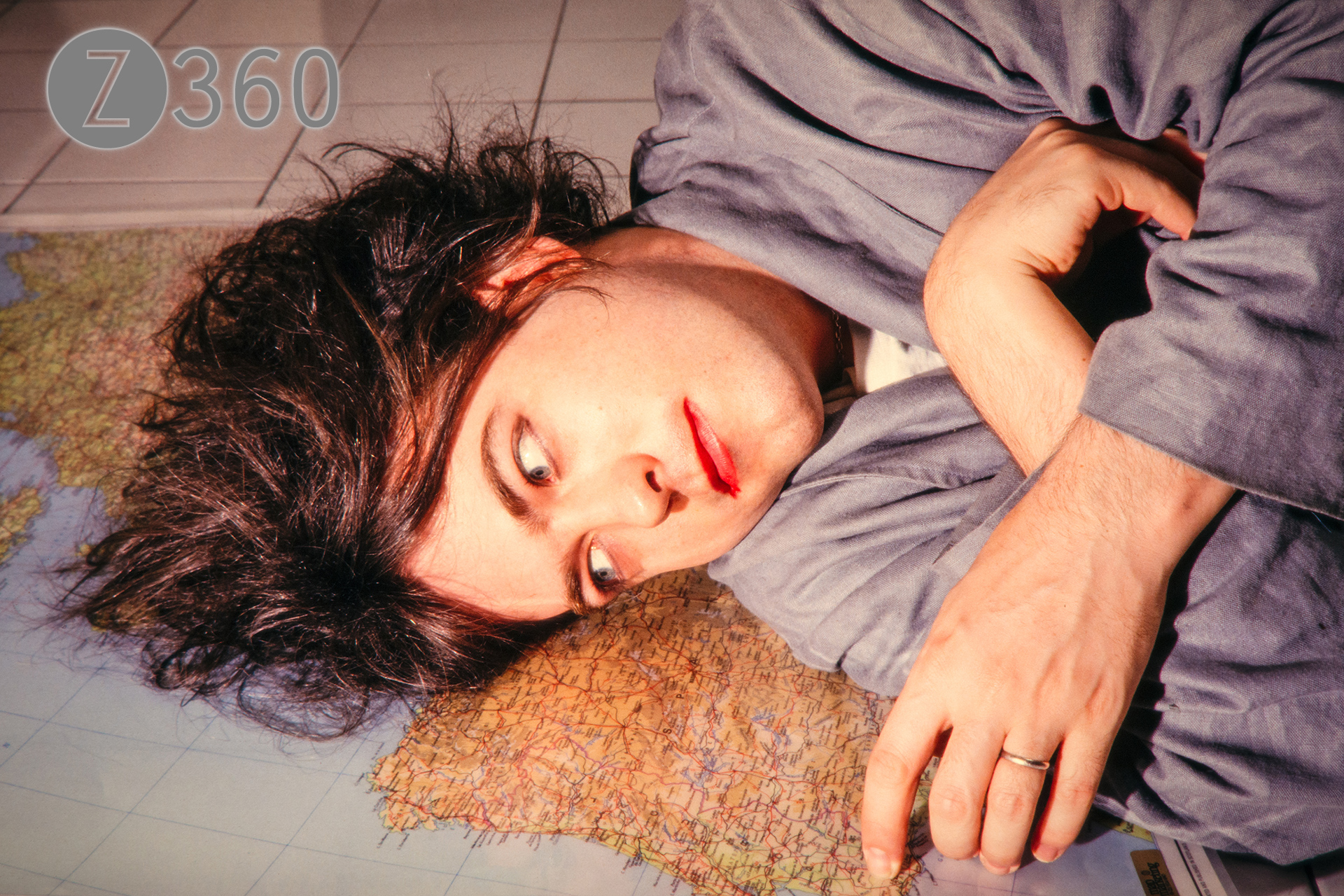
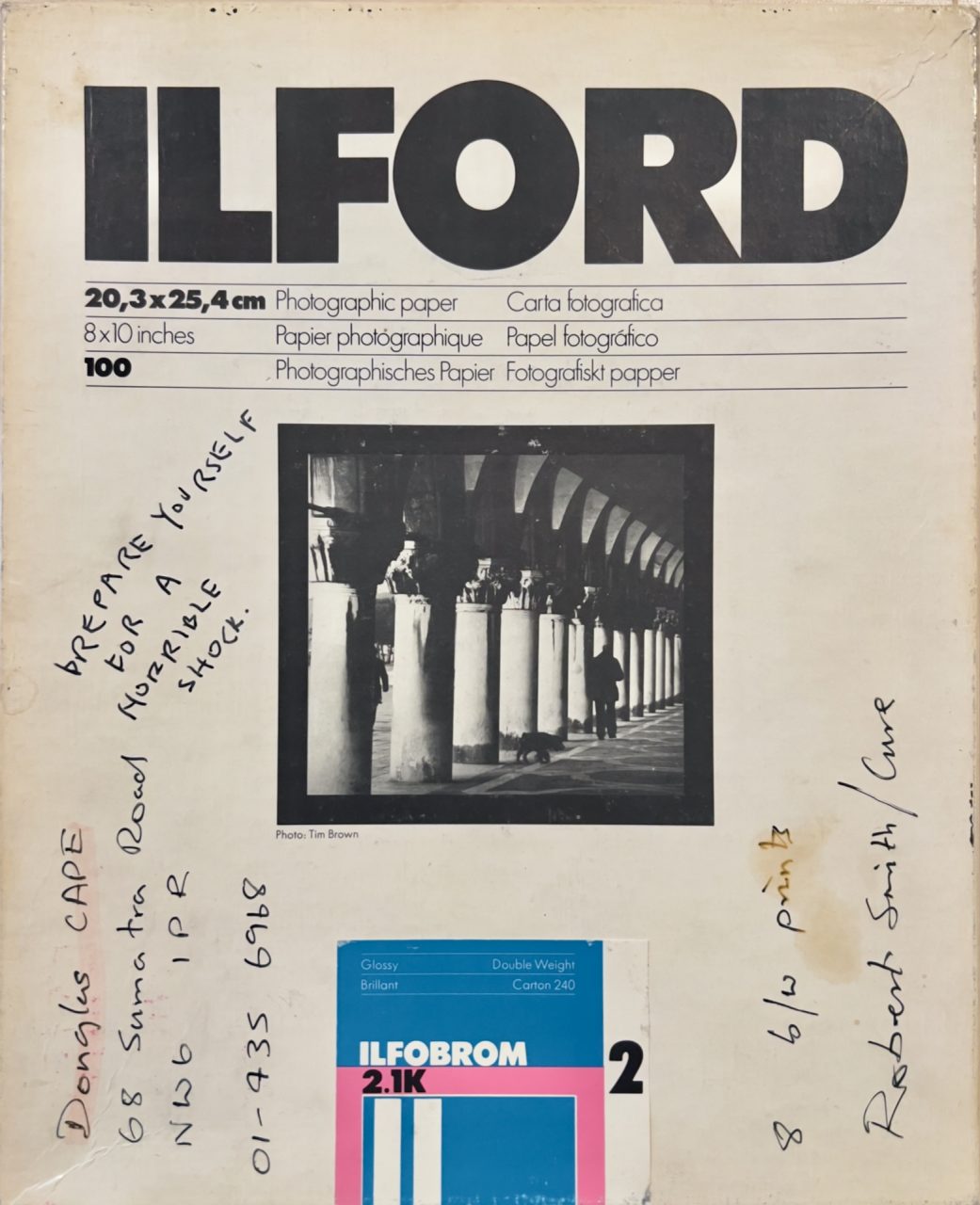
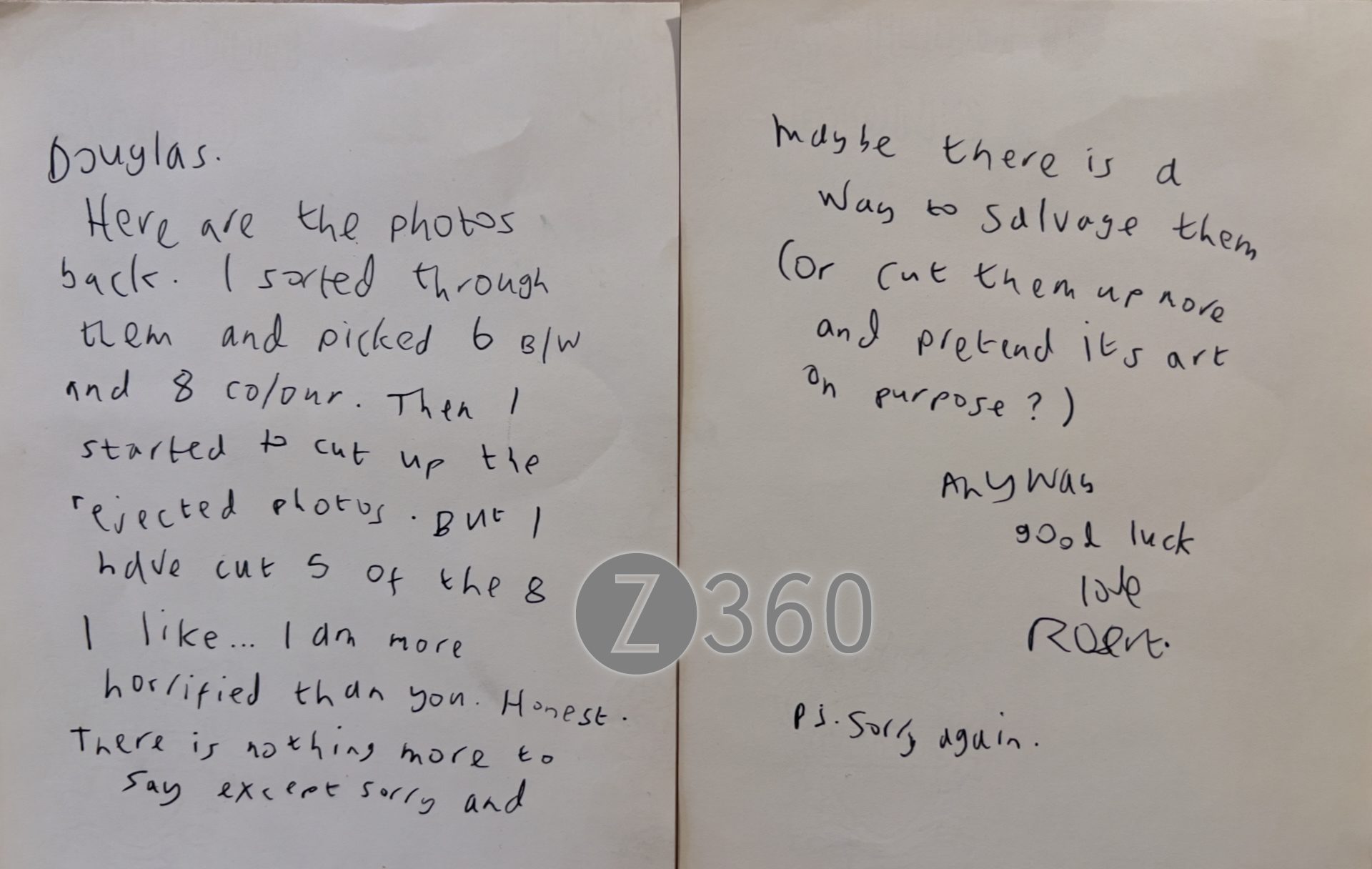
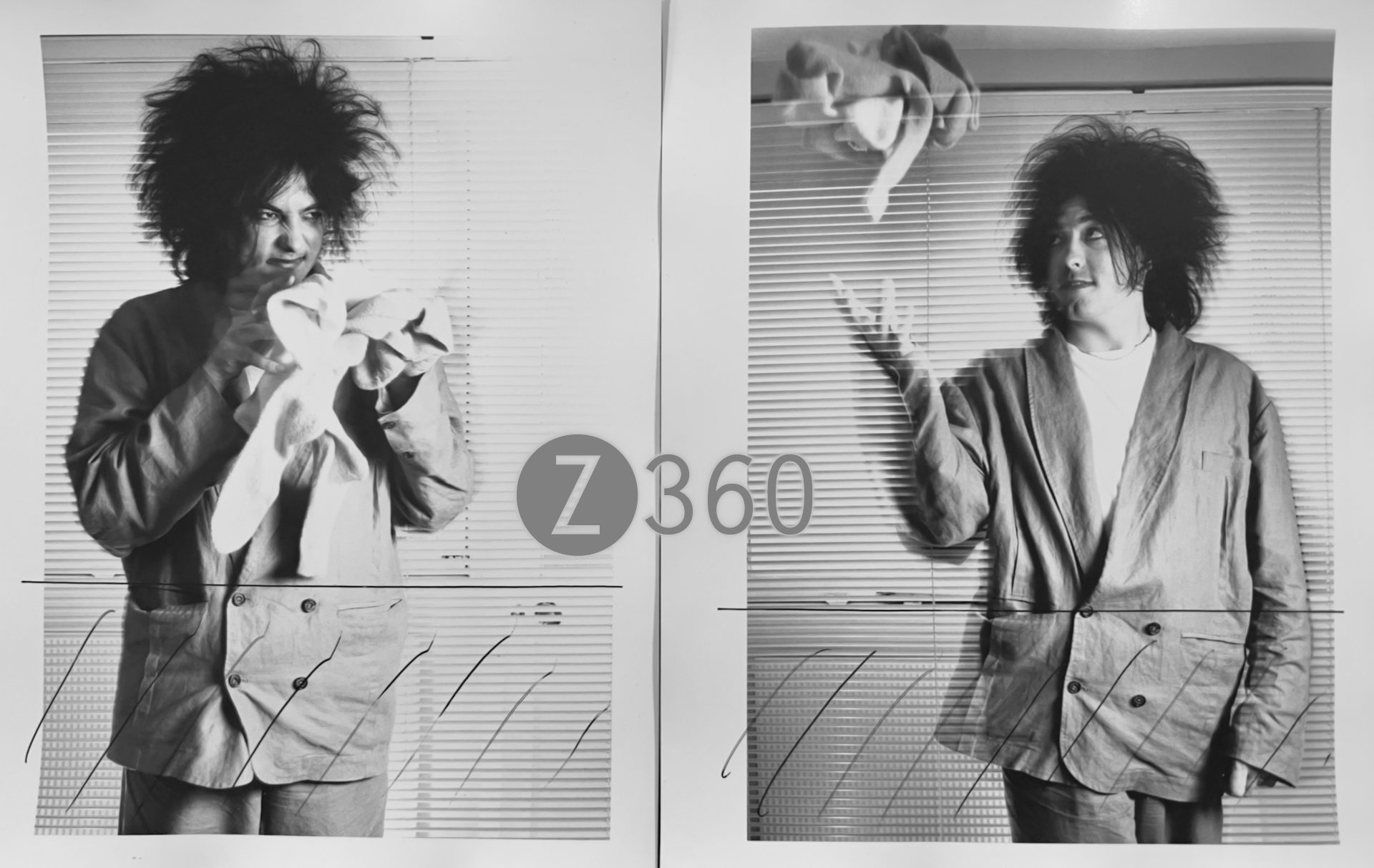
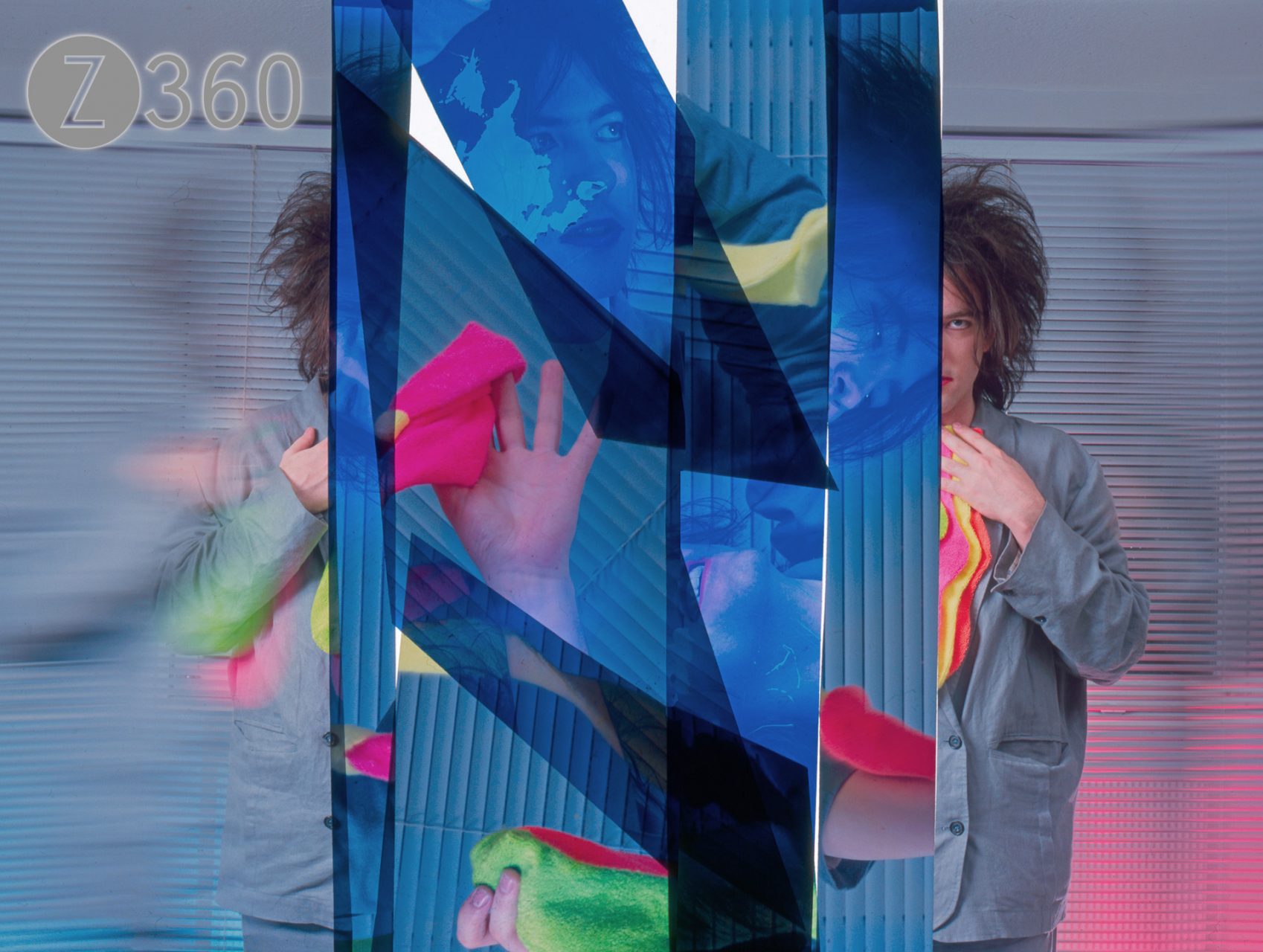
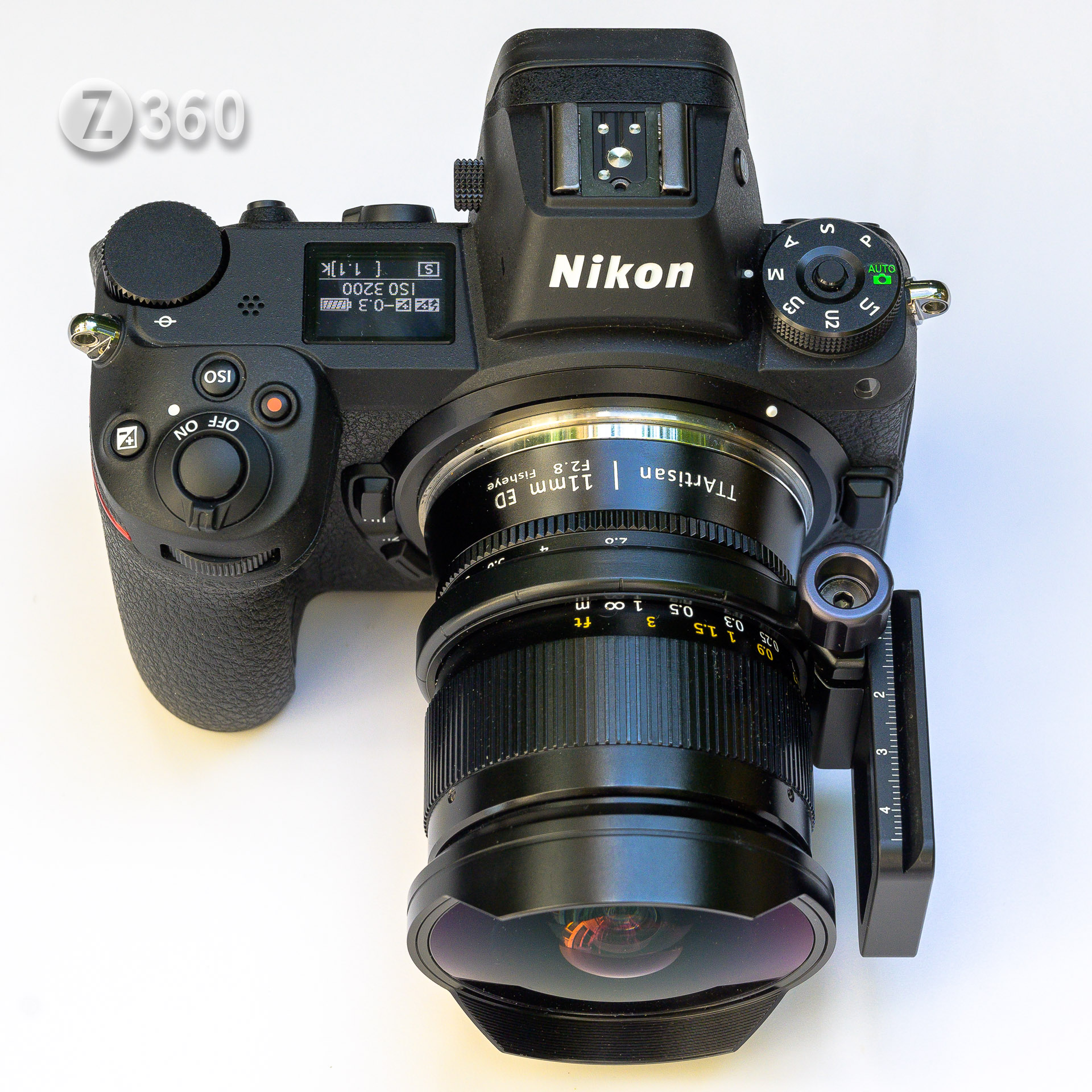
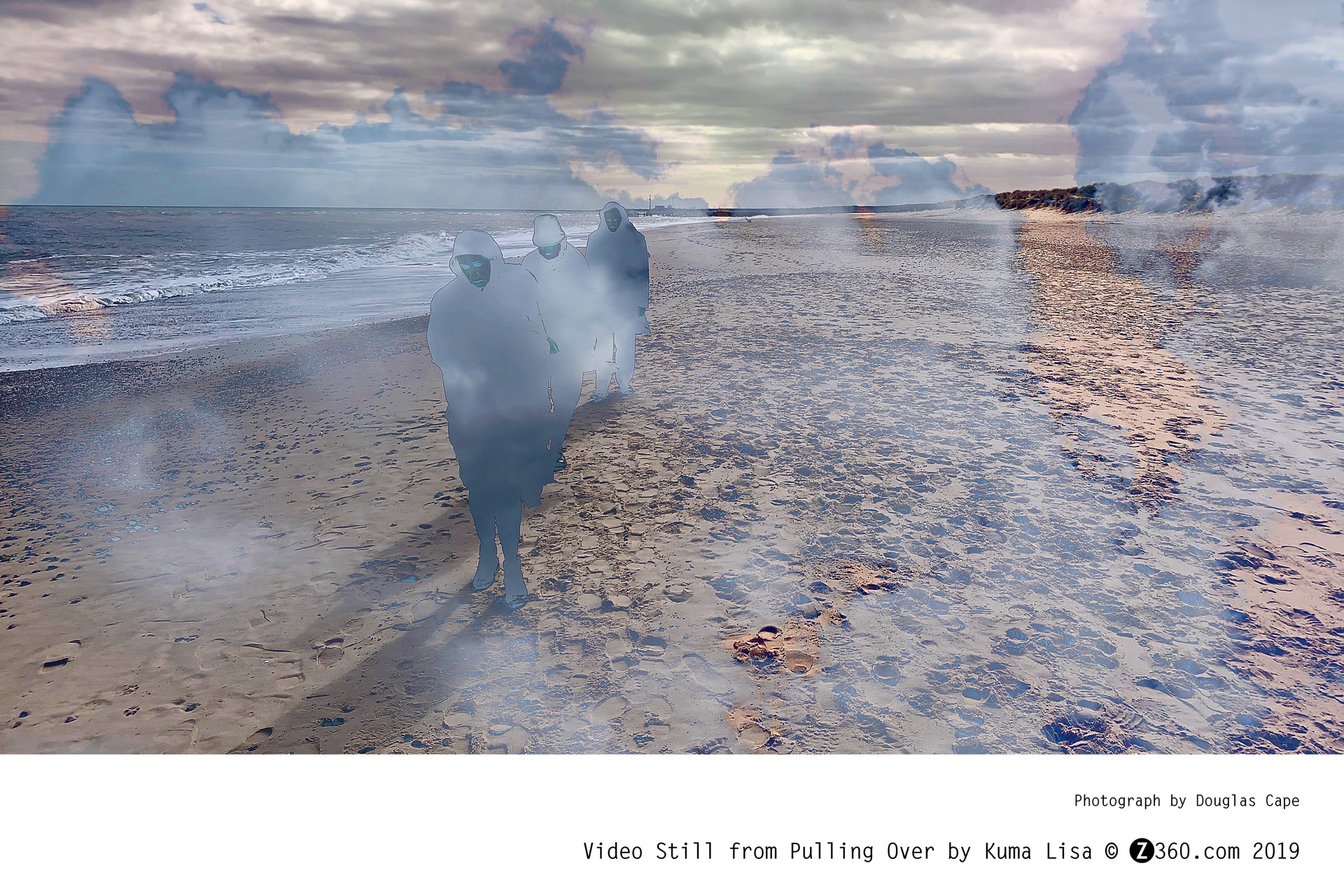
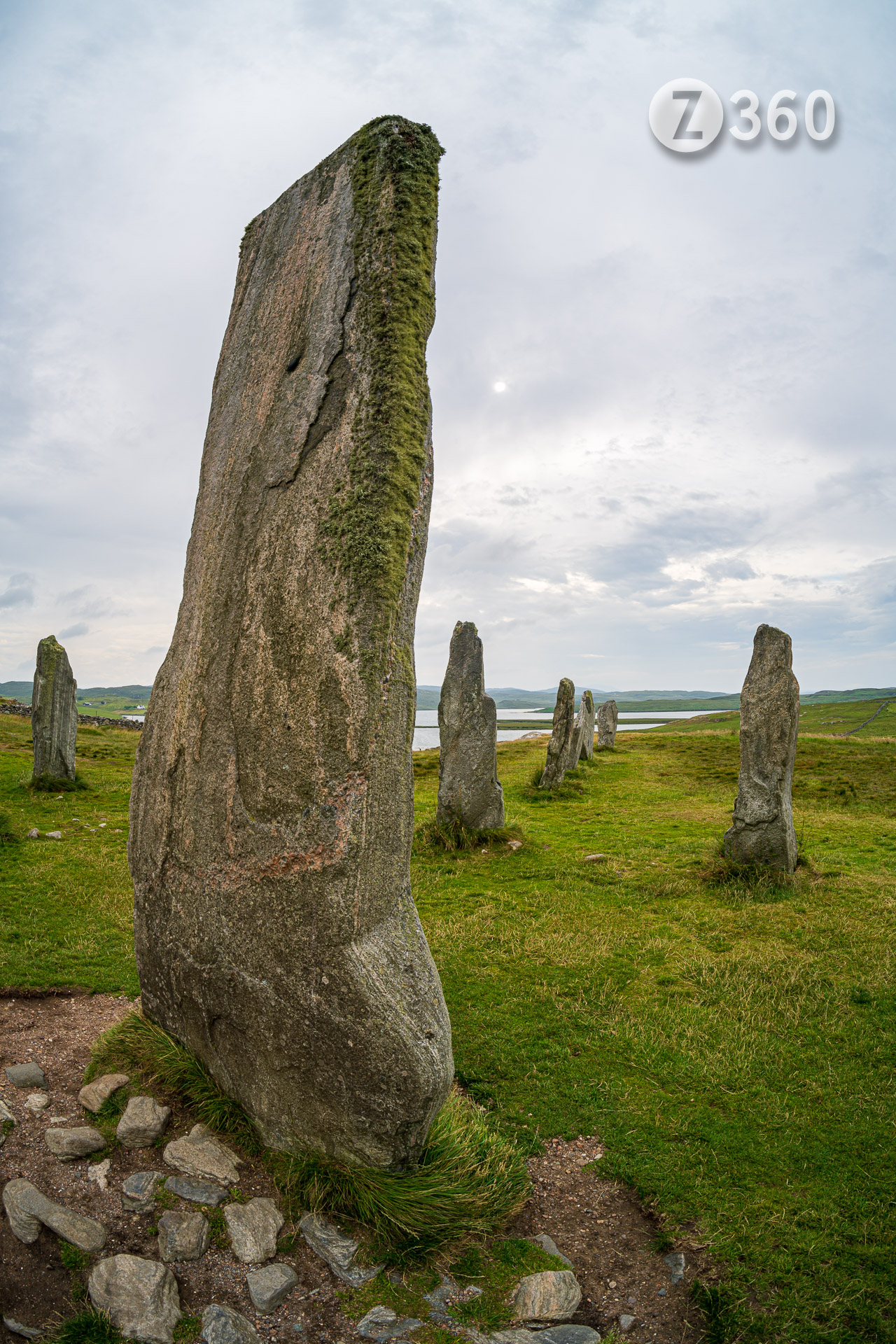
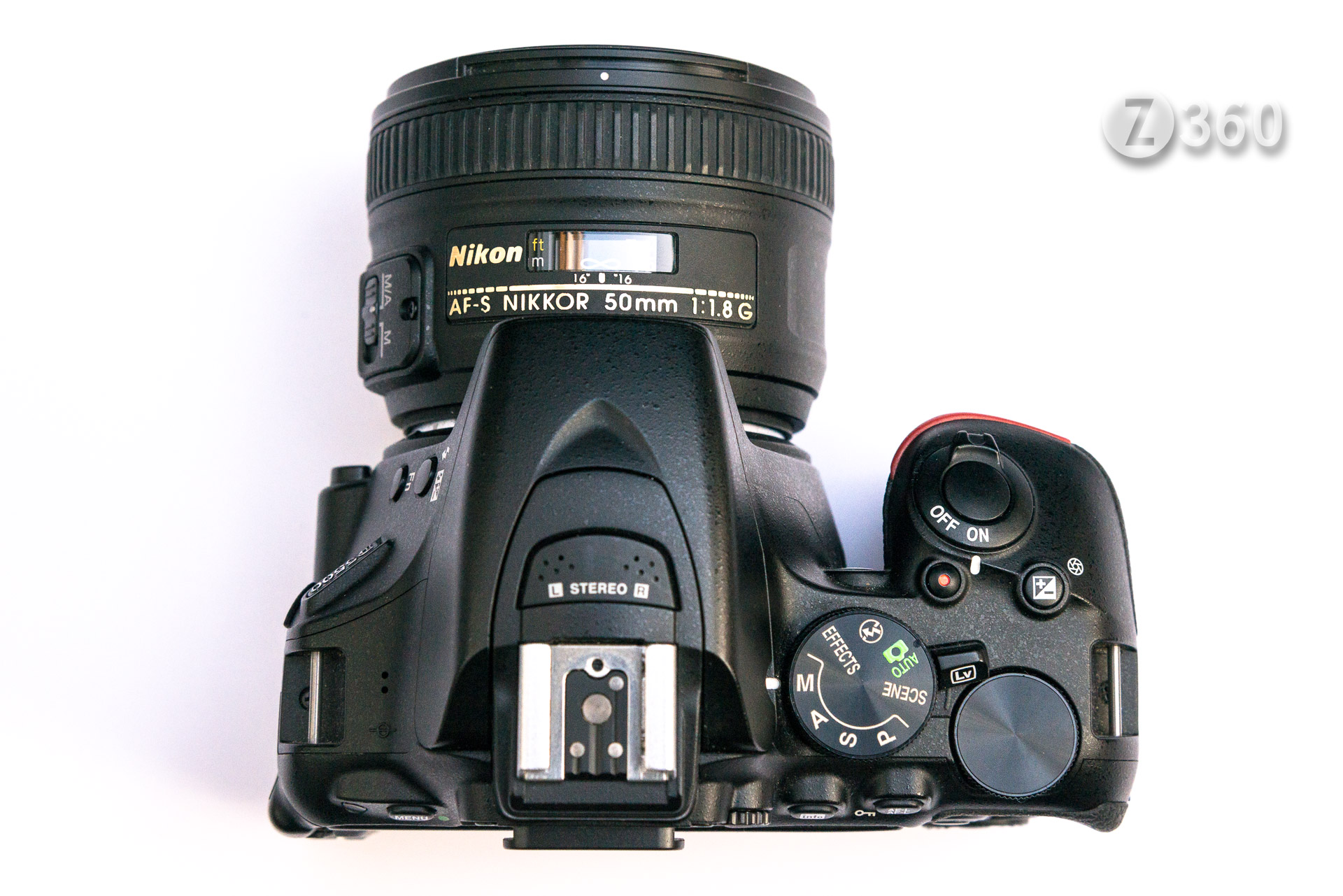
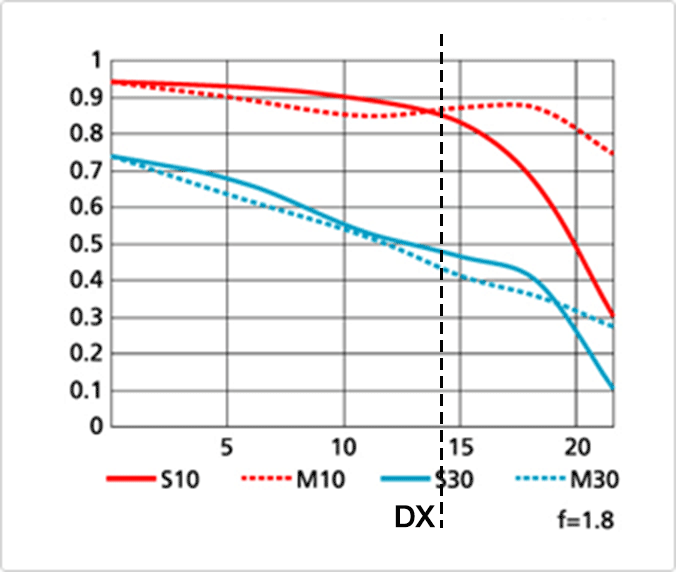
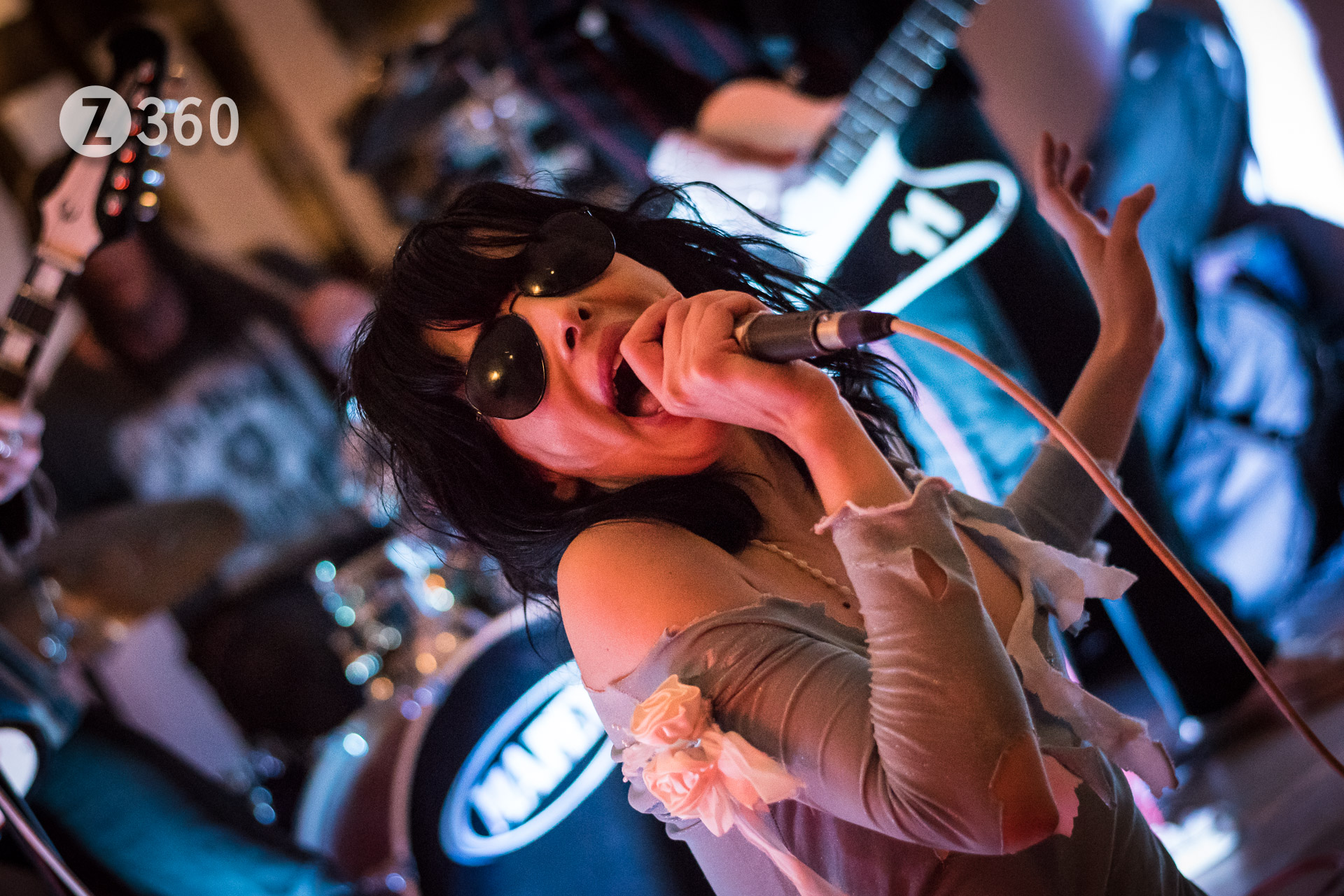
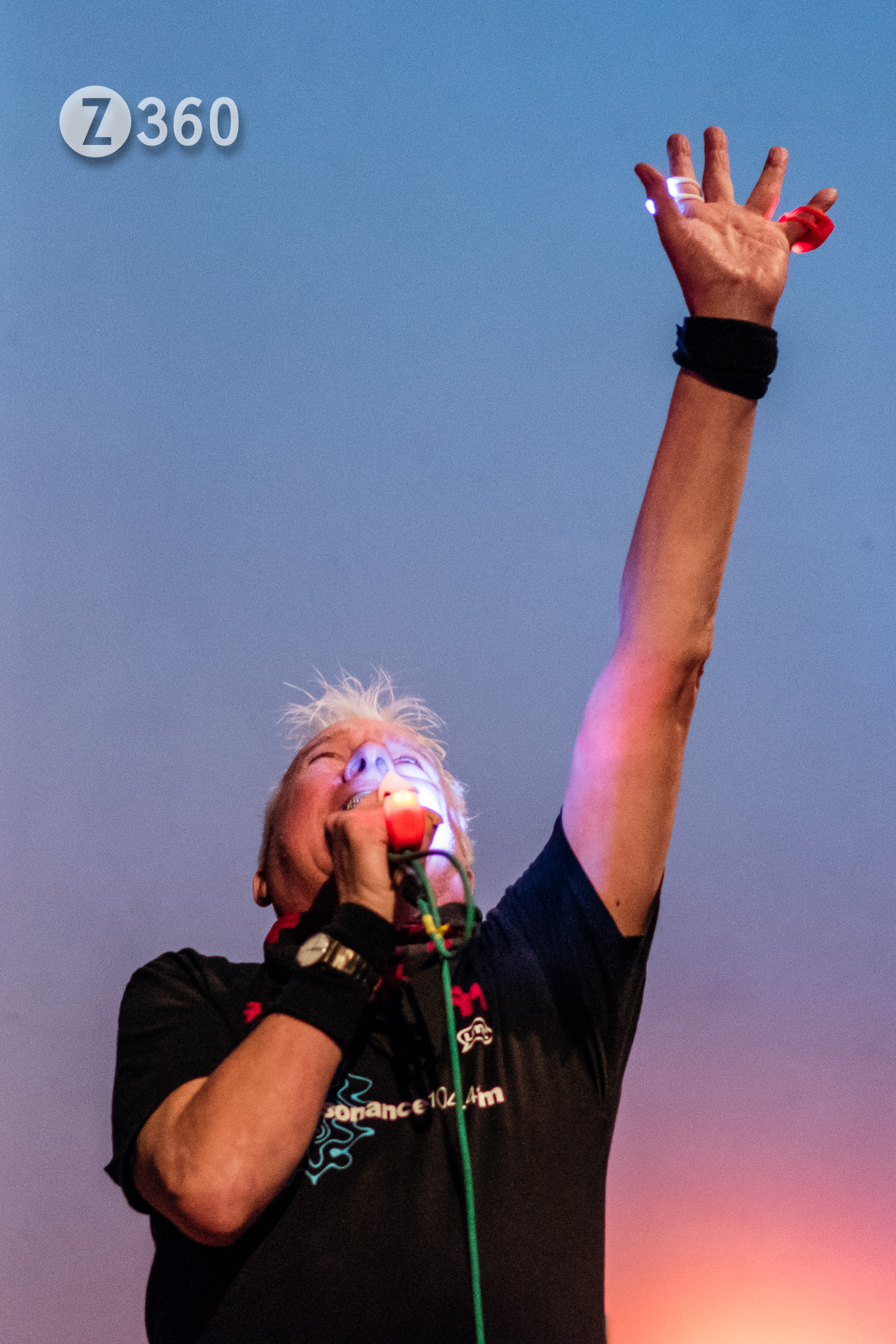
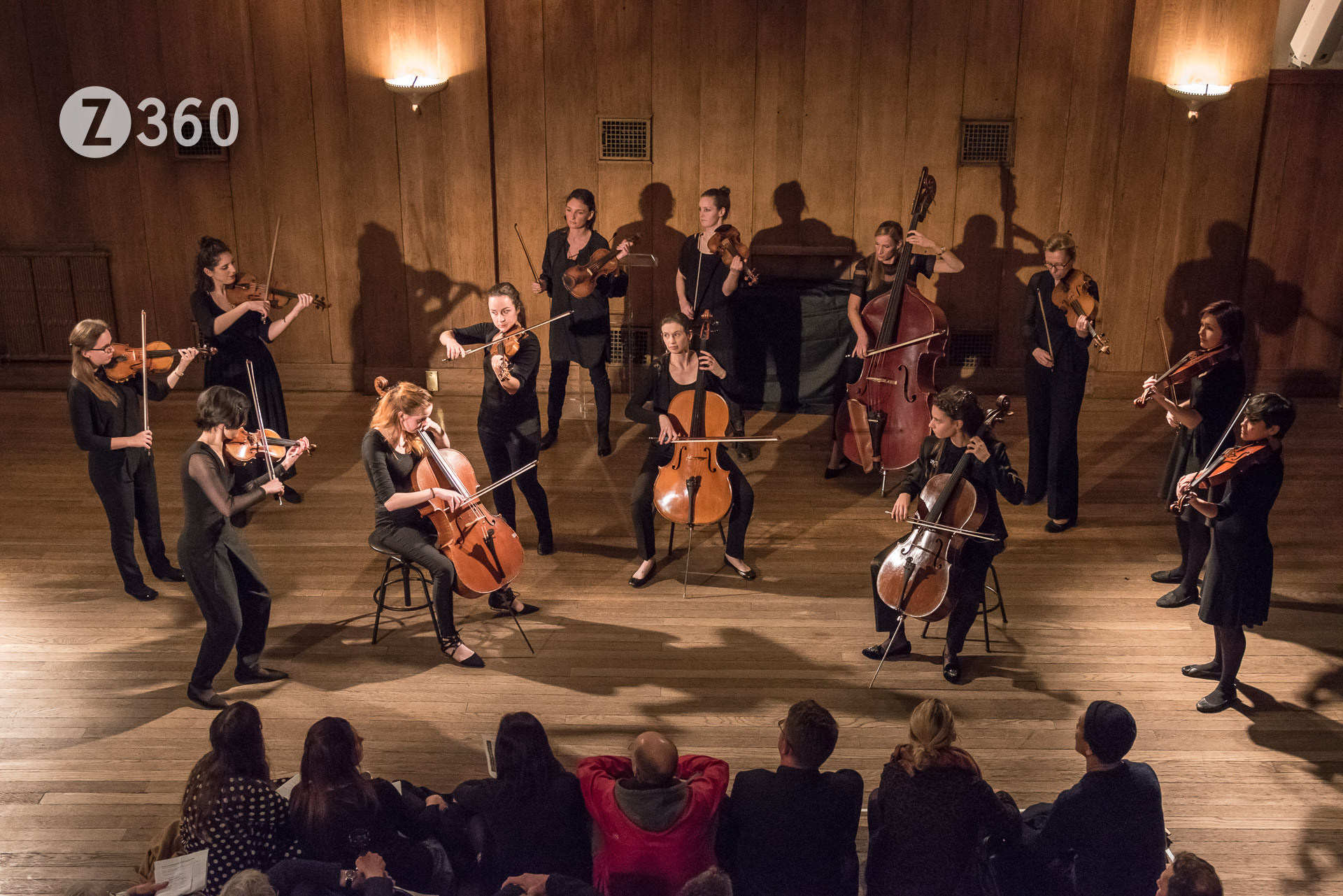
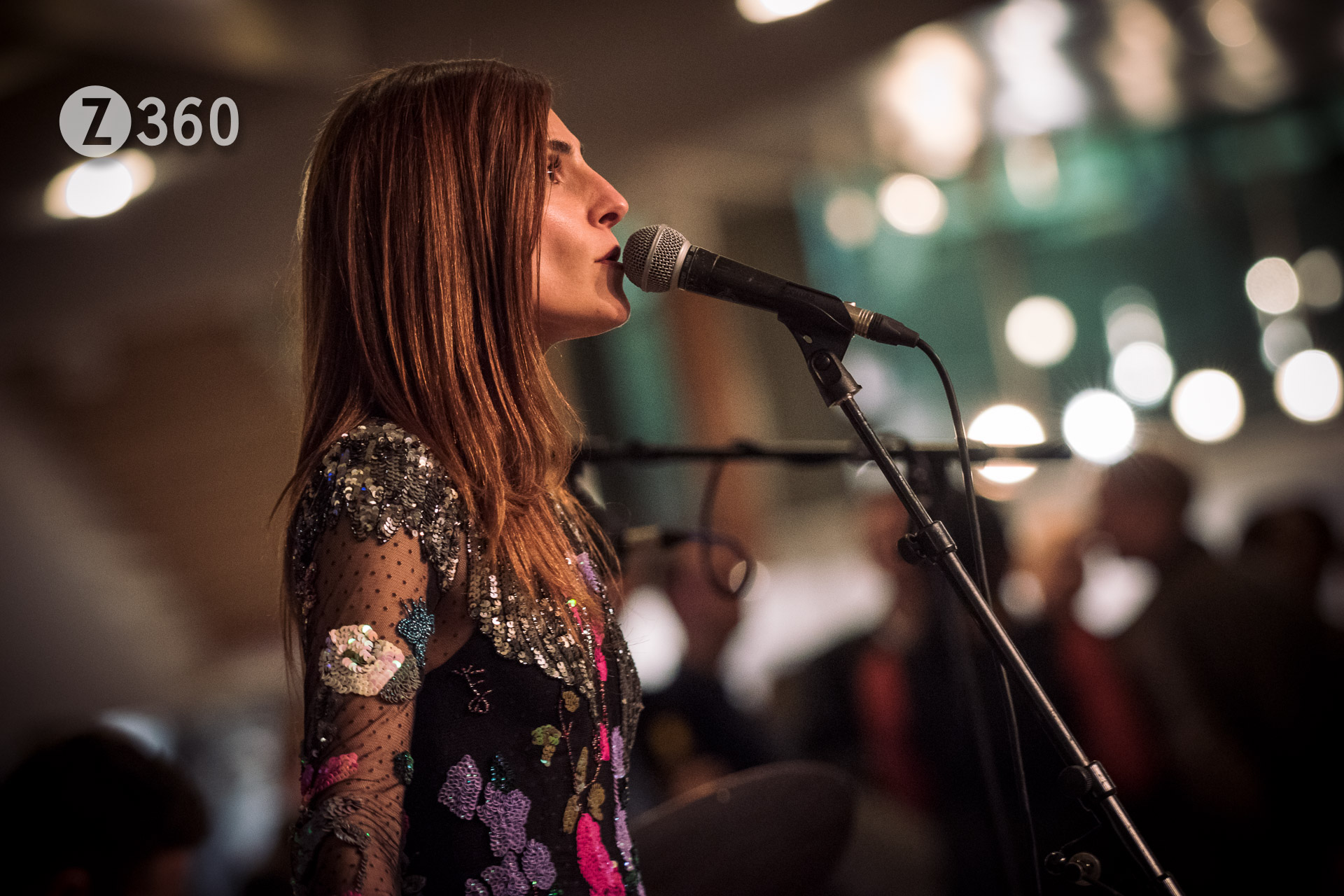
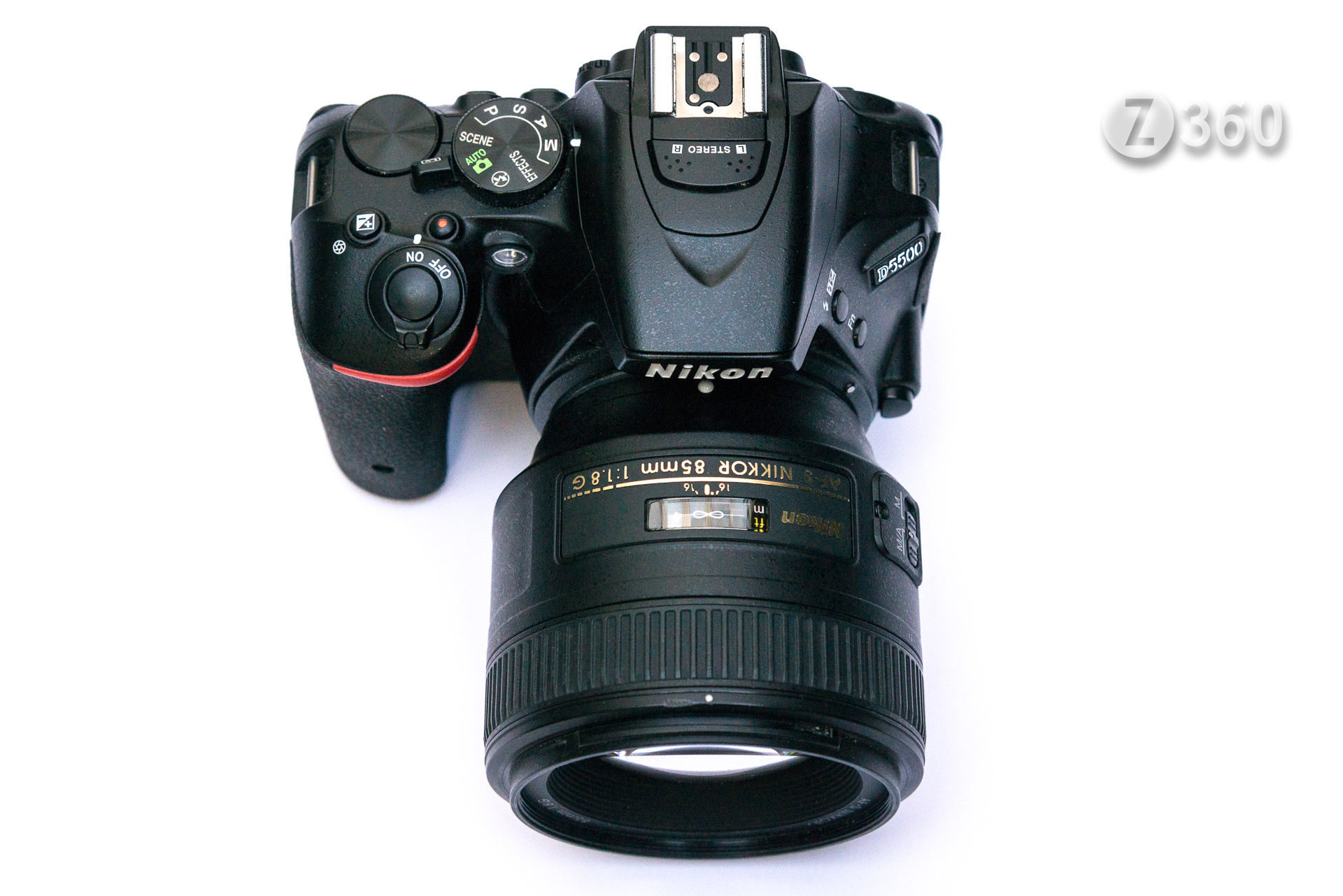
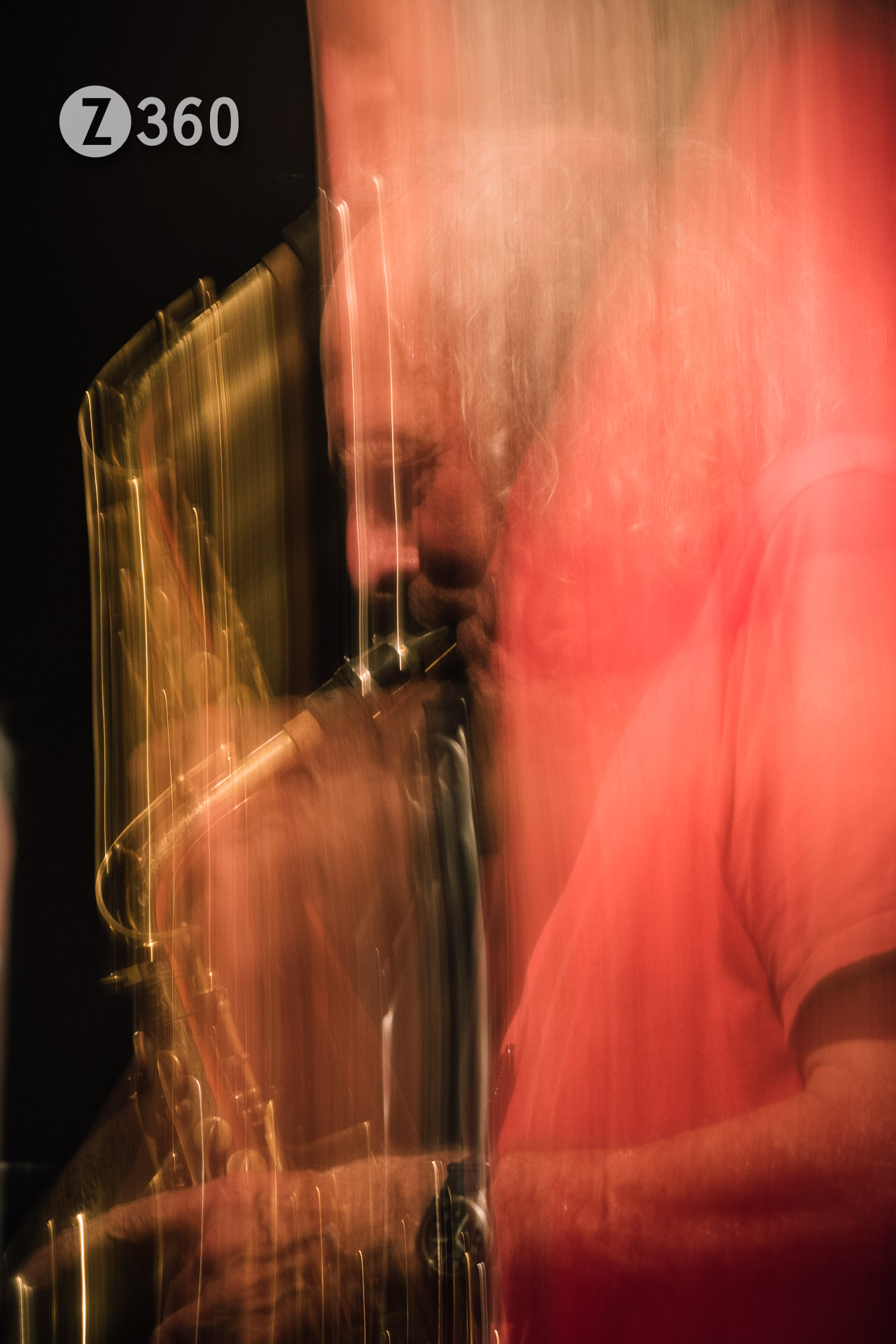
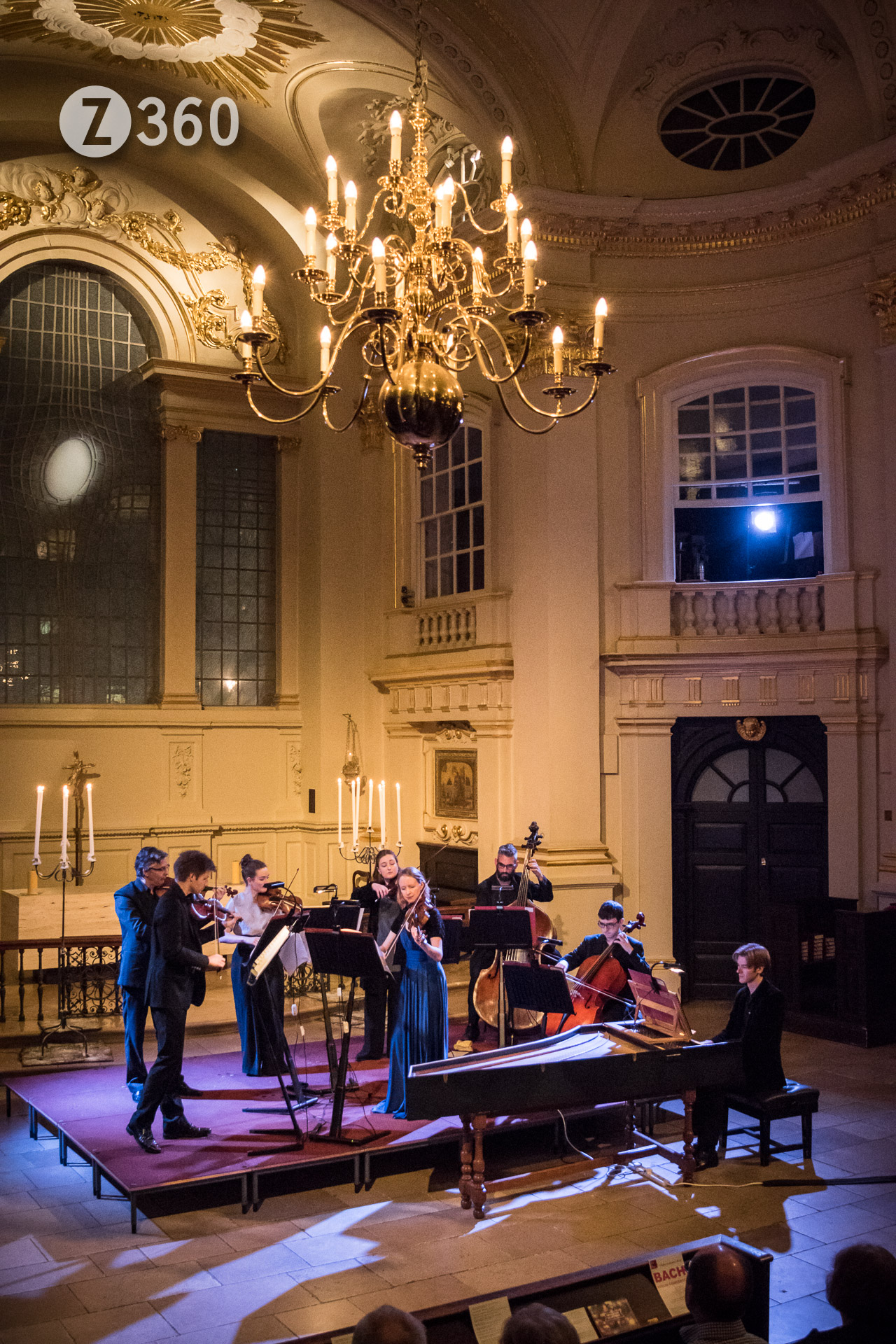
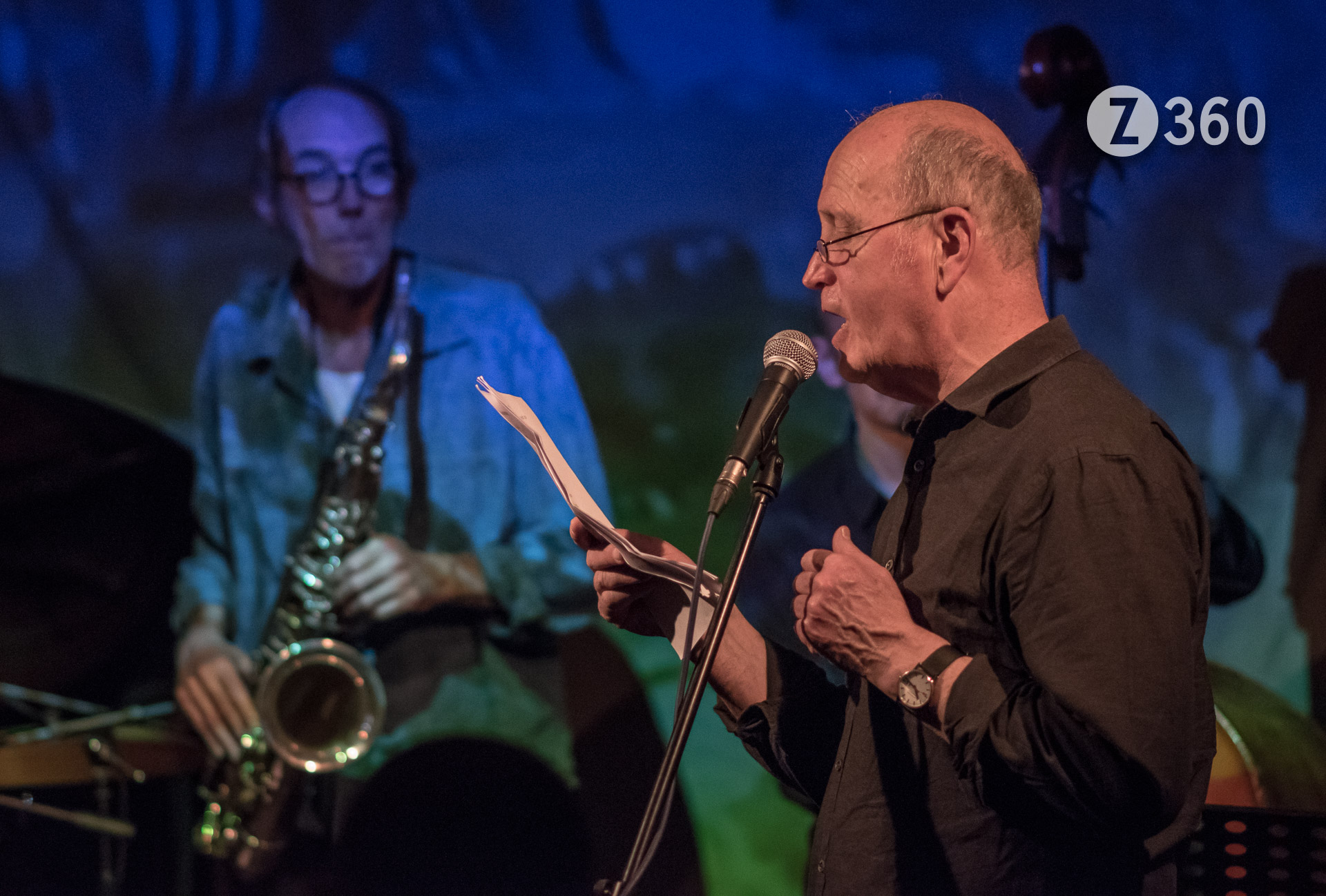
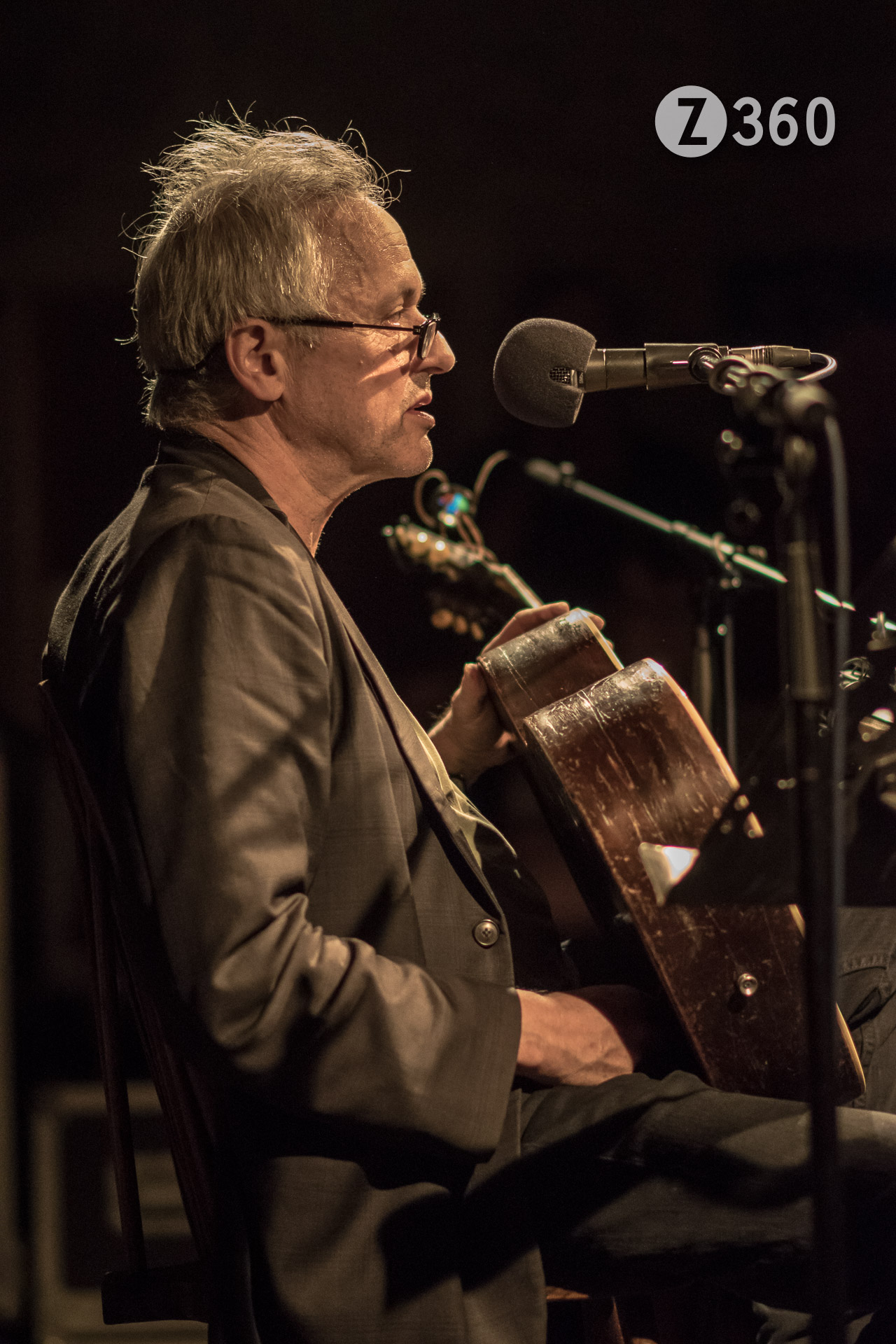
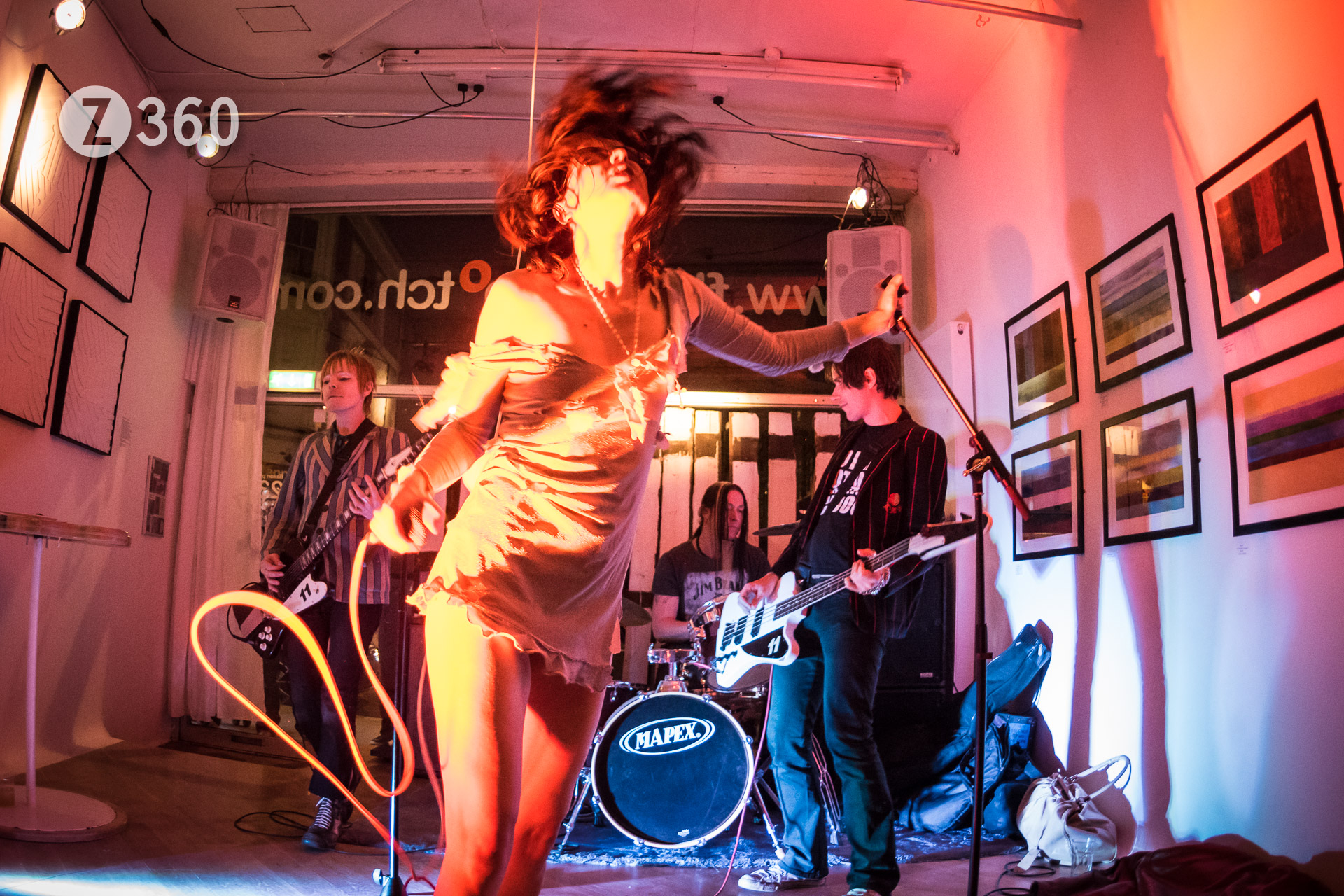
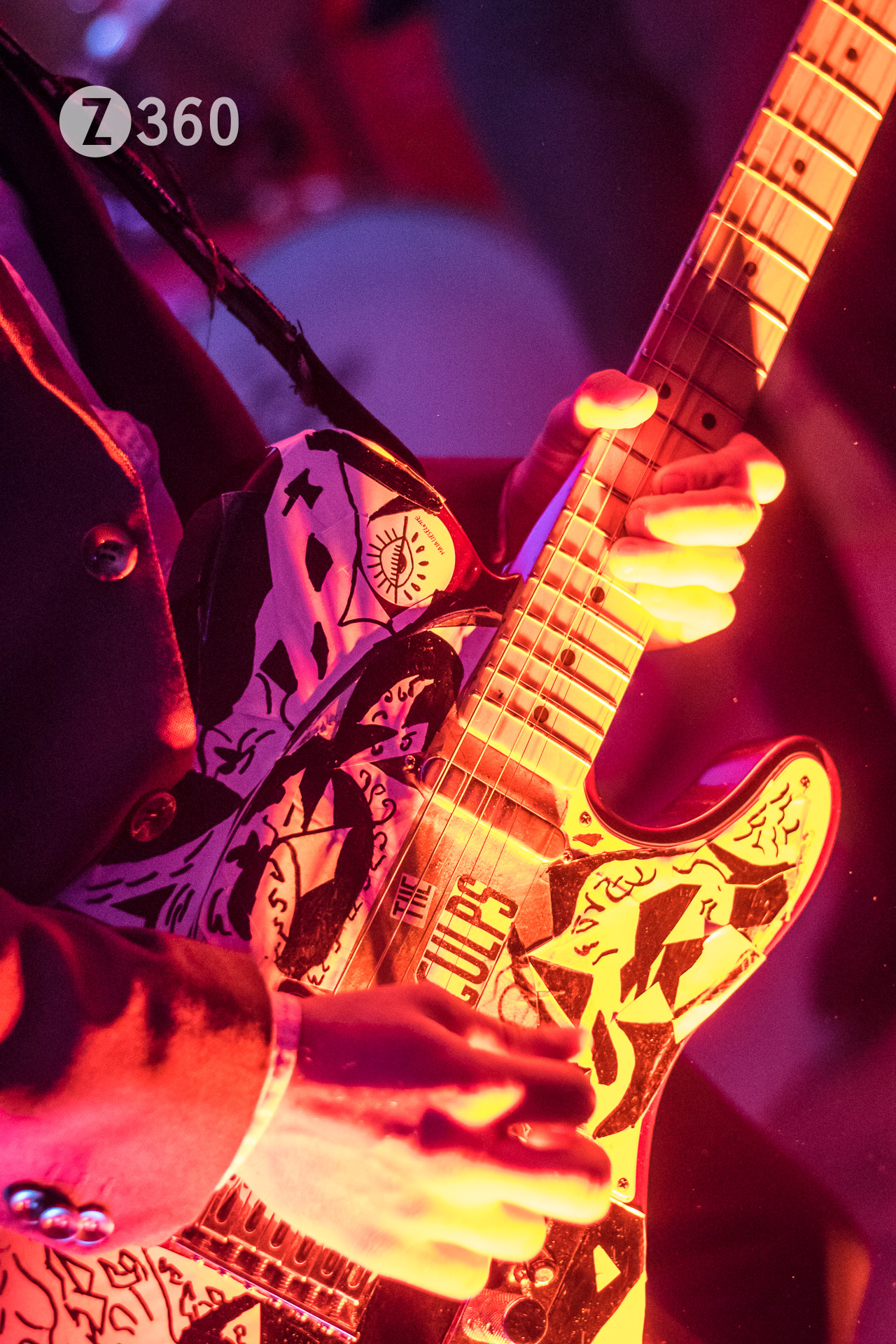
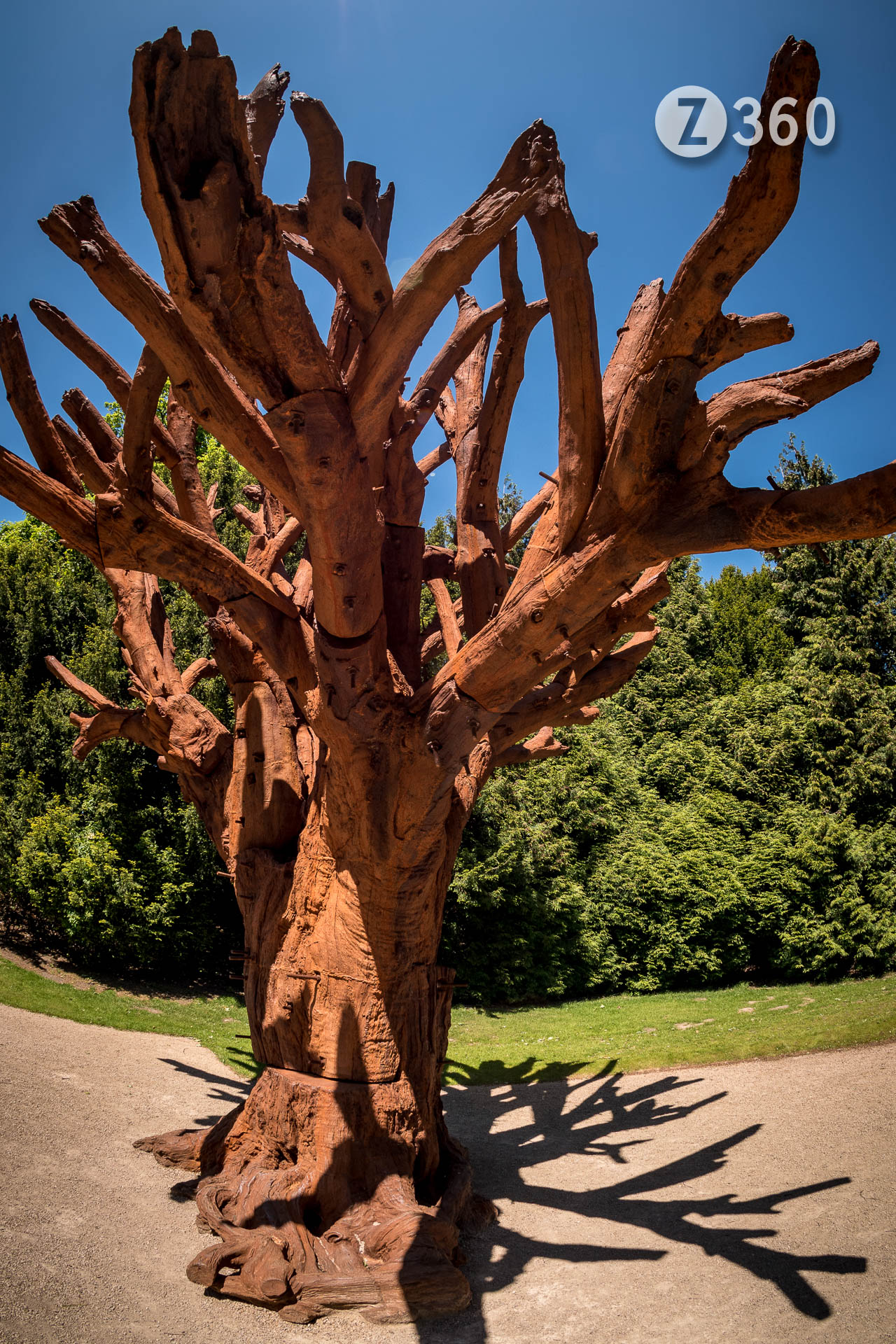
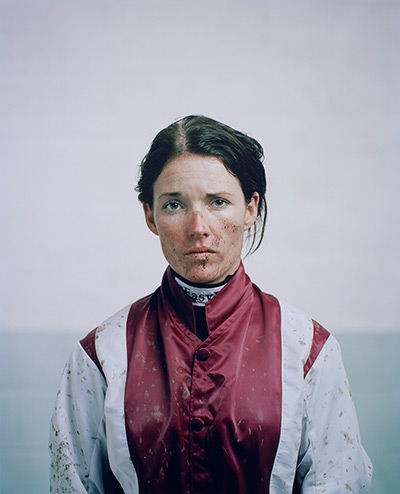
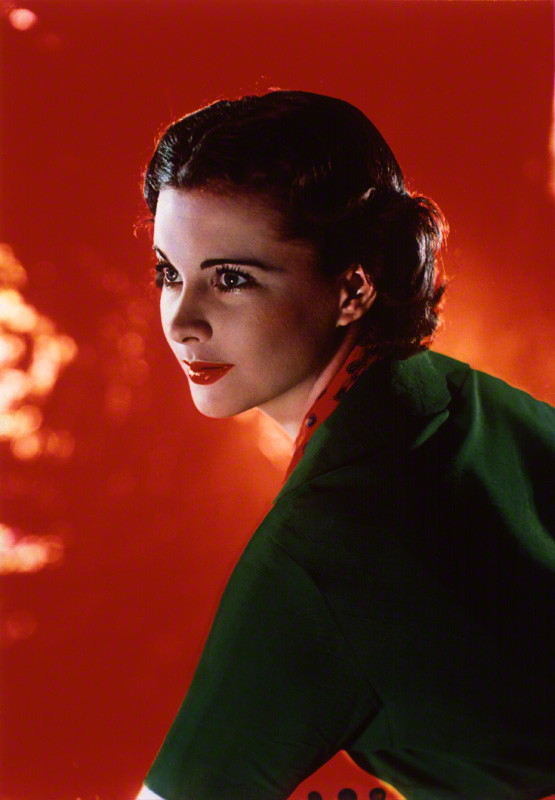
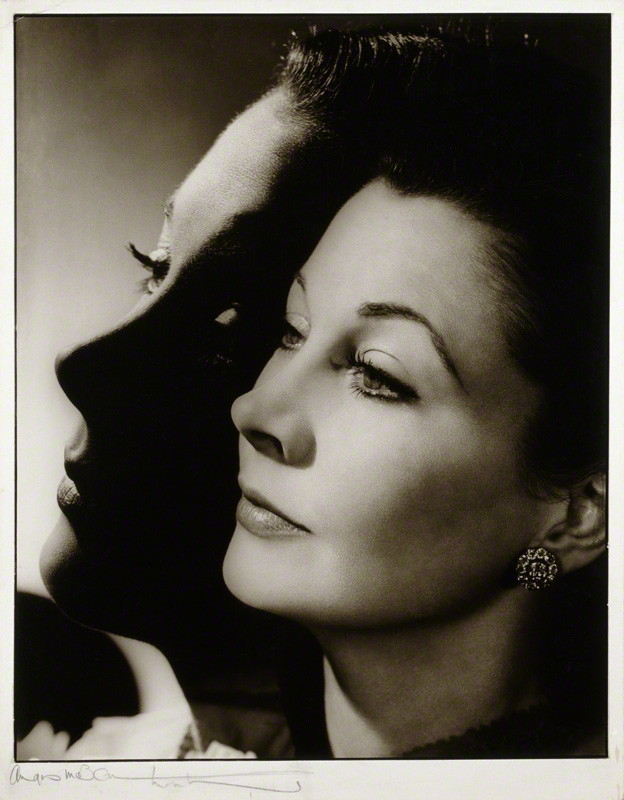
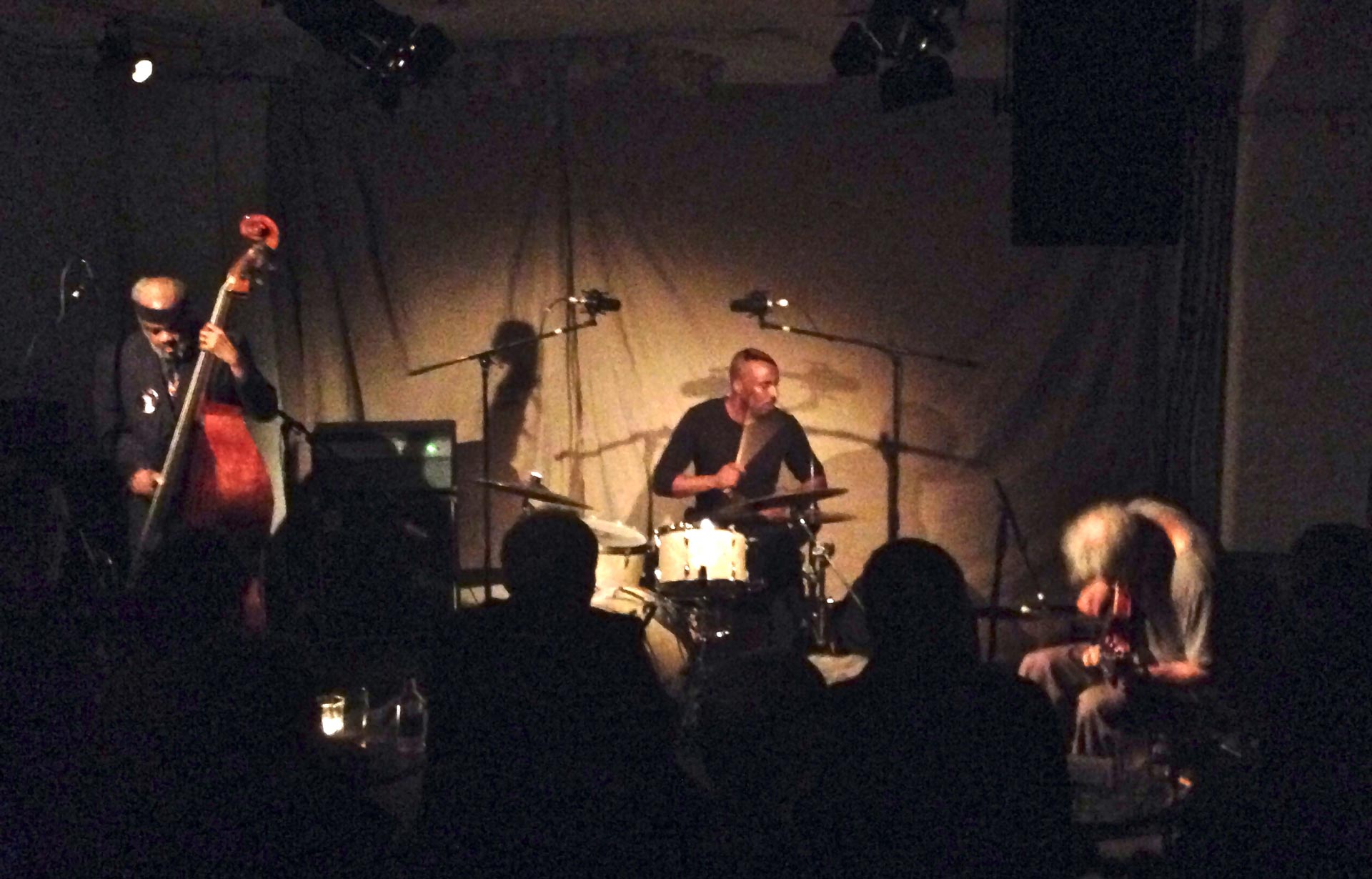
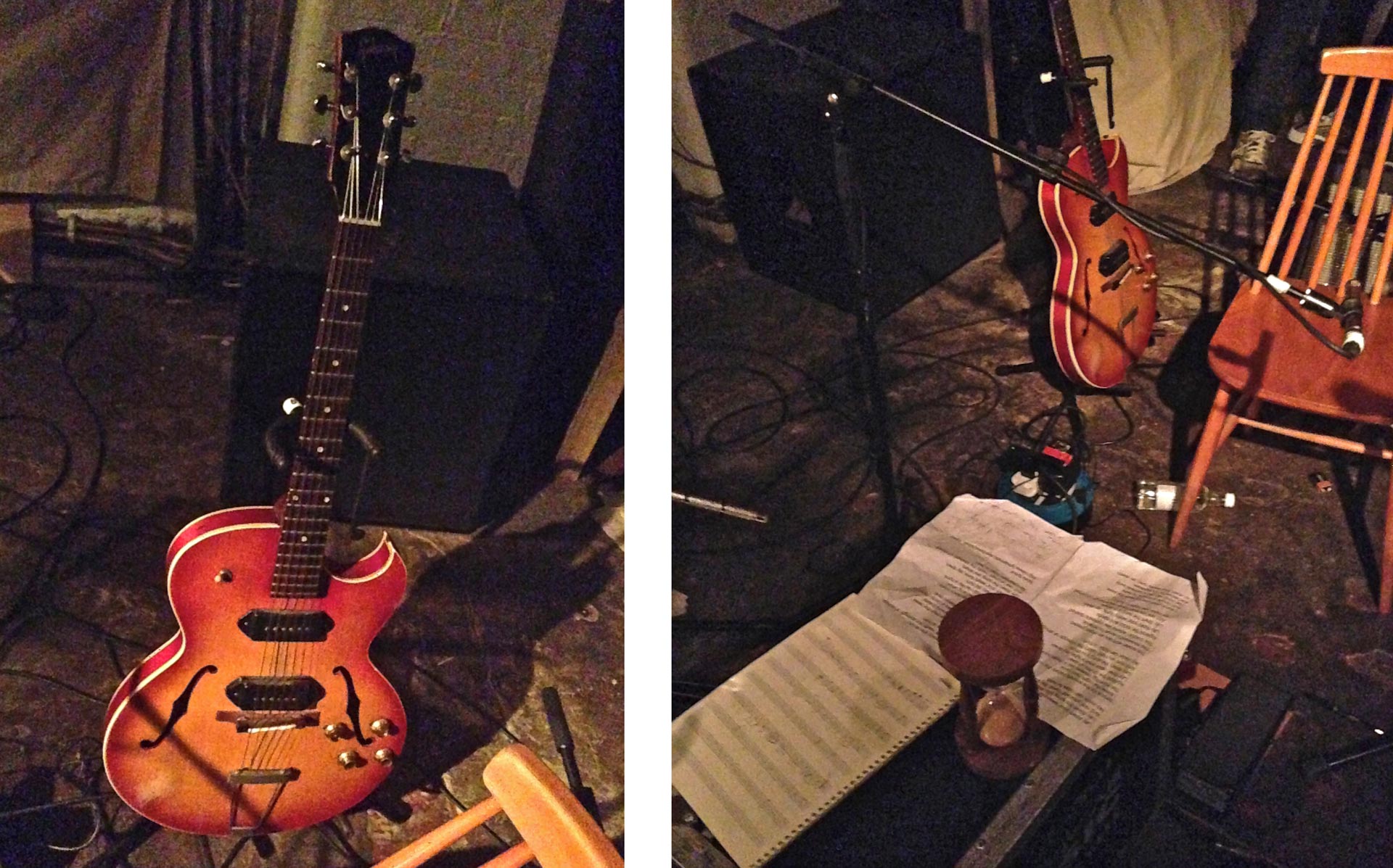
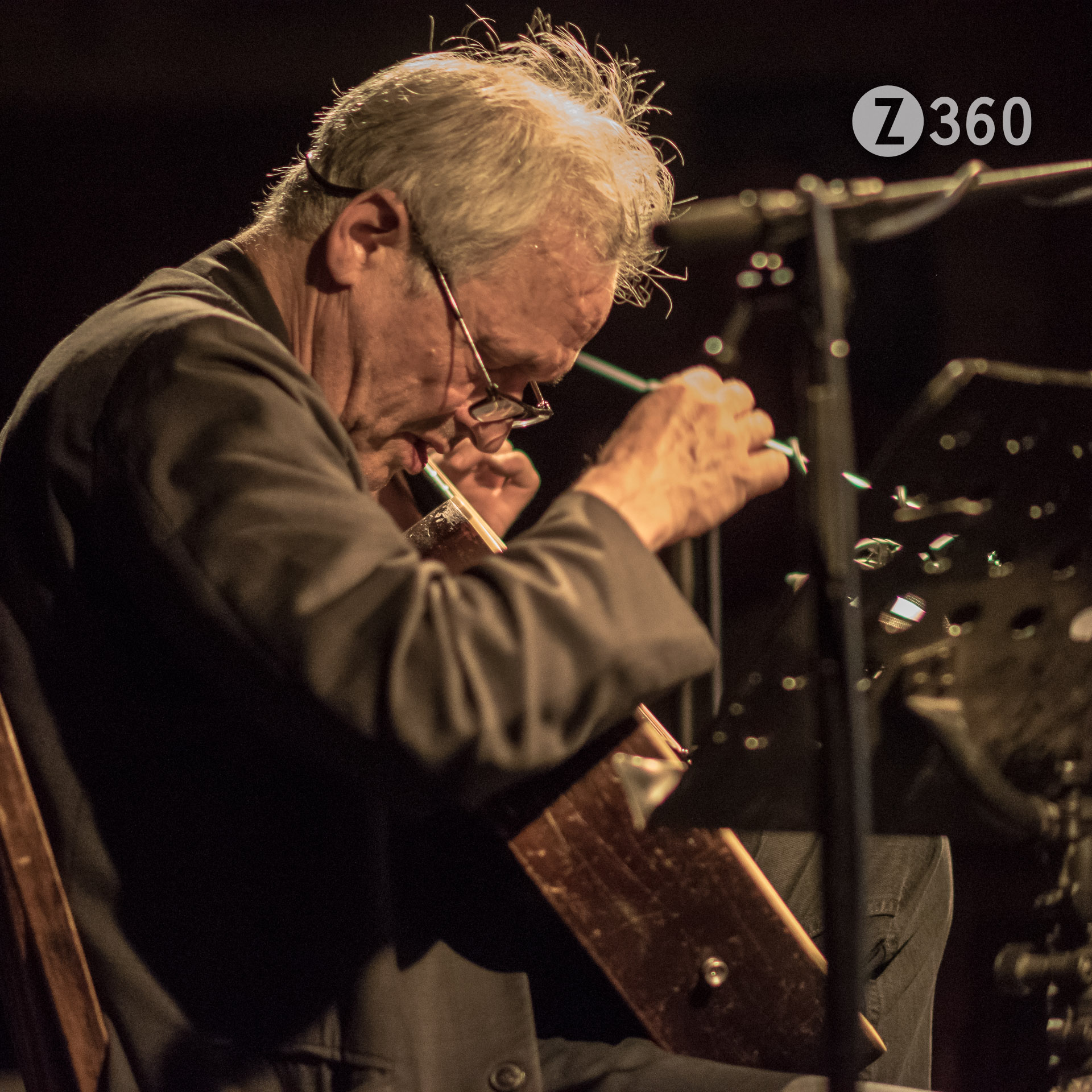
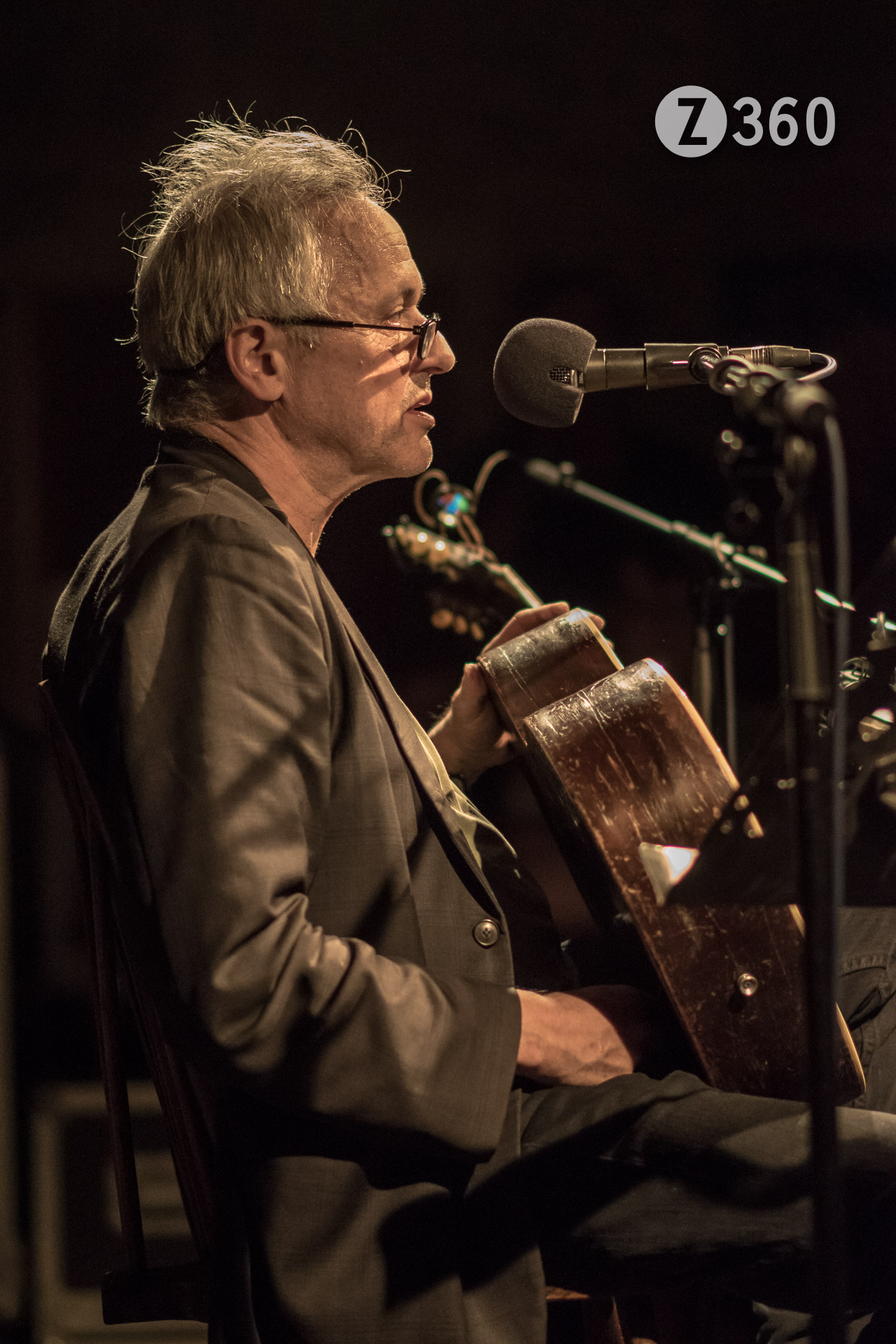
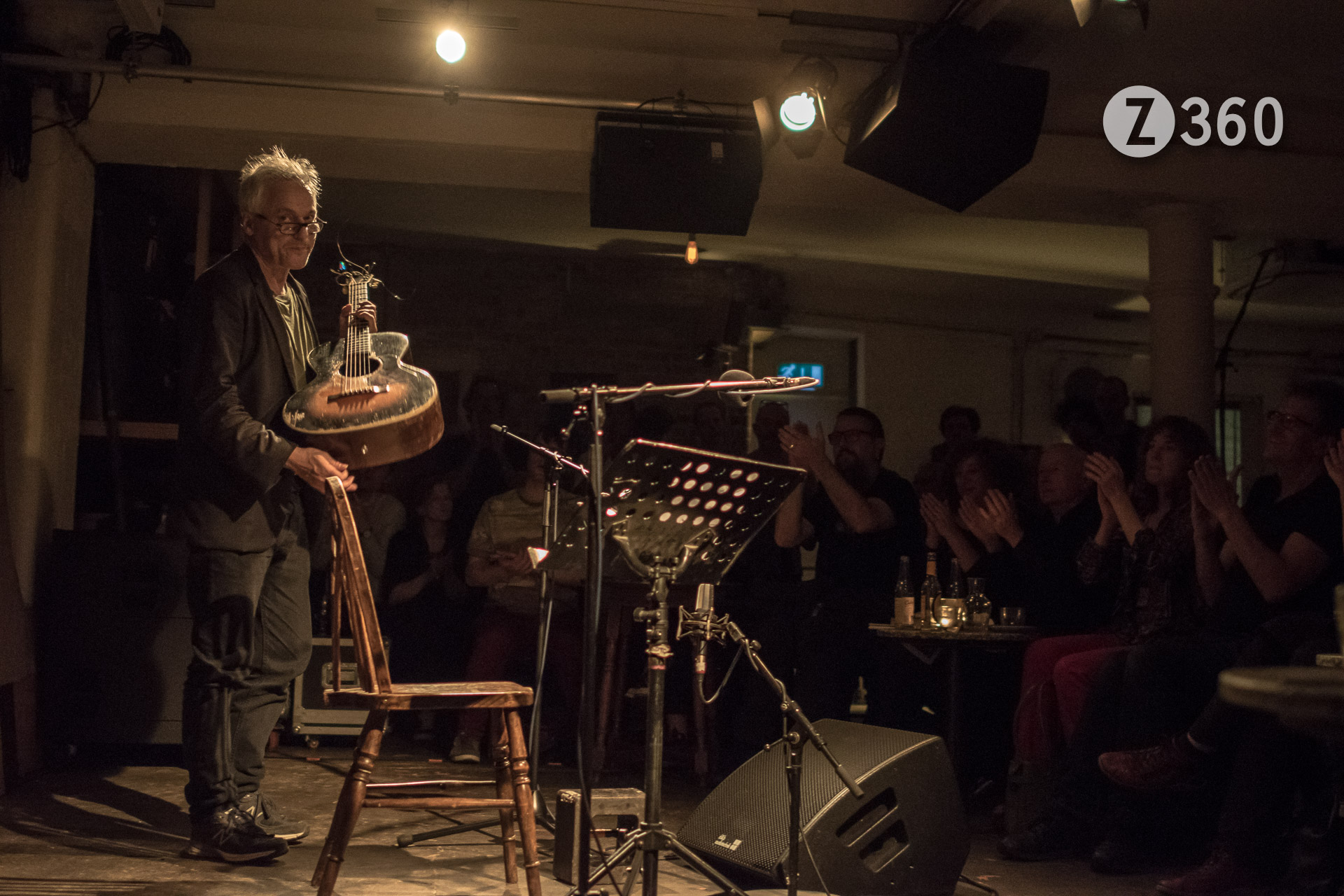
 So the Player was free, but to make this interactive multimedia you required the QuickTime VR Authoring Tools Suite which comprised of 2 huge binders, a video and lots of floppy discs. There was no GUI (graphical user interface), you had to write code in MPW 3.2 (Macintosh Programmer’s Workshop) and use Hyper Card and ResEdit. This Tools Suite cost $2,000 and could only run on a $4,000 Apple computer. Despite regular crashes (normal in those days) and a long learning curve, it all
So the Player was free, but to make this interactive multimedia you required the QuickTime VR Authoring Tools Suite which comprised of 2 huge binders, a video and lots of floppy discs. There was no GUI (graphical user interface), you had to write code in MPW 3.2 (Macintosh Programmer’s Workshop) and use Hyper Card and ResEdit. This Tools Suite cost $2,000 and could only run on a $4,000 Apple computer. Despite regular crashes (normal in those days) and a long learning curve, it all 
